PROTECT YOUR DNA WITH QUANTUM TECHNOLOGY
Orgo-Life the new way to the future Advertising by AdpathwayHave you been duped by the word “blue” on plant labels? Perhaps you bought seeds of a flowering plant and discovered they grew purple or violet. Because blue is a favorite color of many, sellers will often use the color to market their off-color plants.
For true blue flowers, you must look past your local nurseries to seek out specific plants. Many true bloomers are low-growing perennials, and a few flowering shrubs and vines also display the elusive color. Which ones are best for you depends on your garden and the local climate.
Create an all-blue garden with your favorites, or pick a few plants to scatter about the yard as focal points. Once you find a favorite plant, hold onto it! It’s likely a rarity, and you’ll have your neighbors and friends asking for cuttings for their own gardens.
Blue Tea Butterfly Pea
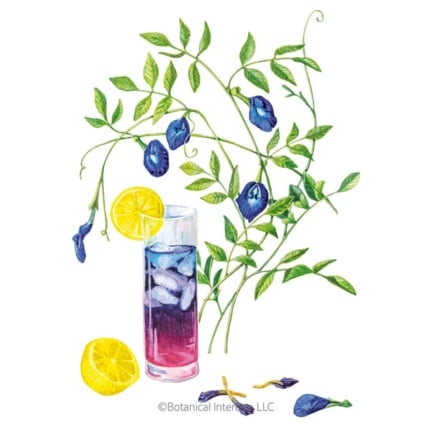
Blue Tea Butterfly Pea Seeds
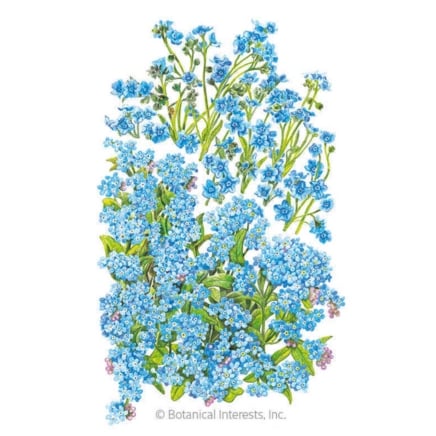
Spring and Summer Forget-Me-Not Seeds
Flying Saucer Morning Glory
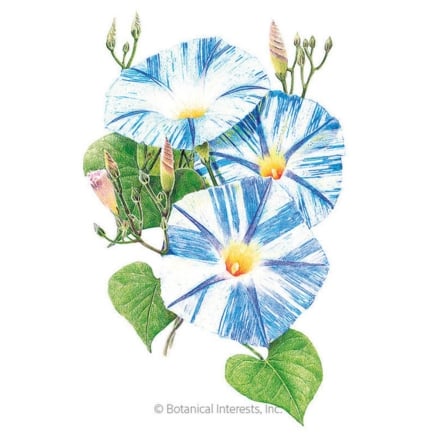
Flying Saucer Morning Glory Seeds
Are Flowers Really Blue?
 Only about ten percent of plants naturally show blue tones.
Only about ten percent of plants naturally show blue tones.Yes, some are! True blue flowers are extremely rare in nature because of the way plants display colors. Fewer than 10% of all plants have blue or bluish hues. This has to do with the pigments that make flowers look a certain color.
Yellow and red pigments combine to make blue and bluish flowers, while pH is another determinant. Additionally, plant nutrients further influence the color. For a blue bloom to be present, all of these factors must be in the perfect balance. Sometimes, a flower will emerge one color and shift to blue over time as nutrients and the pH change.
Nowadays, plant breeders are using new tools to attempt to create true blue flowers. Breeders in Japan have successfully created a blue chrysanthemum, which growers now sell under the name BluOcean®. Who knows what we’ll see in the future? Imagine a truly blue rose without dyes or chemicals!
21 Best Plants with True Blue Blooms
So, which plants are the best if you’d like true blue flowers? These 21 are excellent to start with. Choose a few annuals for your flower beds, or set up perennials throughout your yard. No matter what you decide, you’ll be impressed with the illustrious blues of these favorite flowers.
Bachelor’s Button ‘Blue Boy’
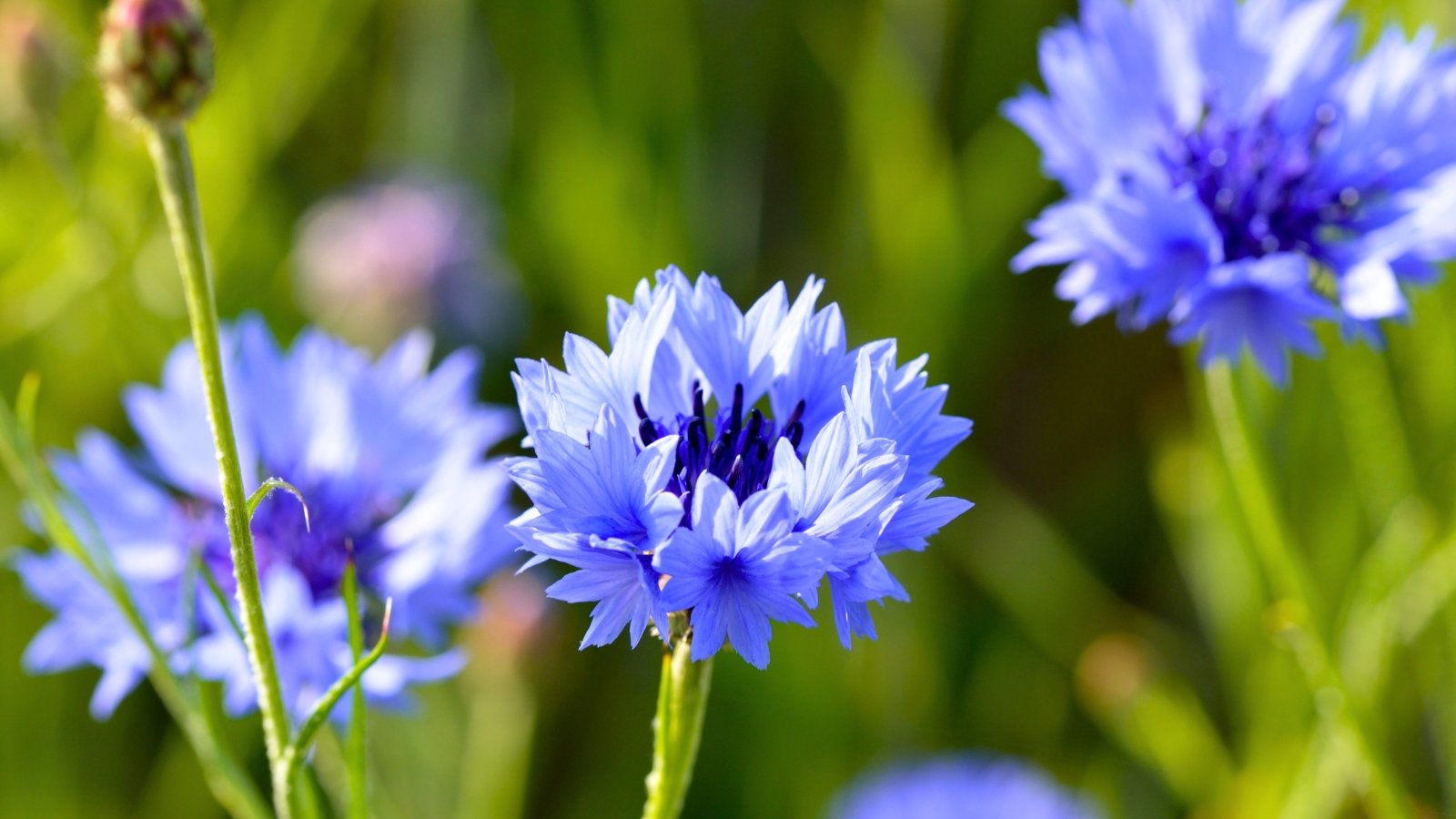 Drops seeds that return with fresh blooms next year.
Drops seeds that return with fresh blooms next year.Bachelor’s buttons are annual flowers with button-like blooms. The flowers open with frilly petals, and they’re bright on ‘Blue Boy.’ They bloom atop fleshy stems that reach about three feet tall in the summer.
Sow this annual in your flower beds, and let the flowers bloom and fade. They’ll drop seeds to the ground that germinate when the conditions are right. If you let the seeds scatter and sprout, you’ll have another round of true blue flowers for next year.
Borage
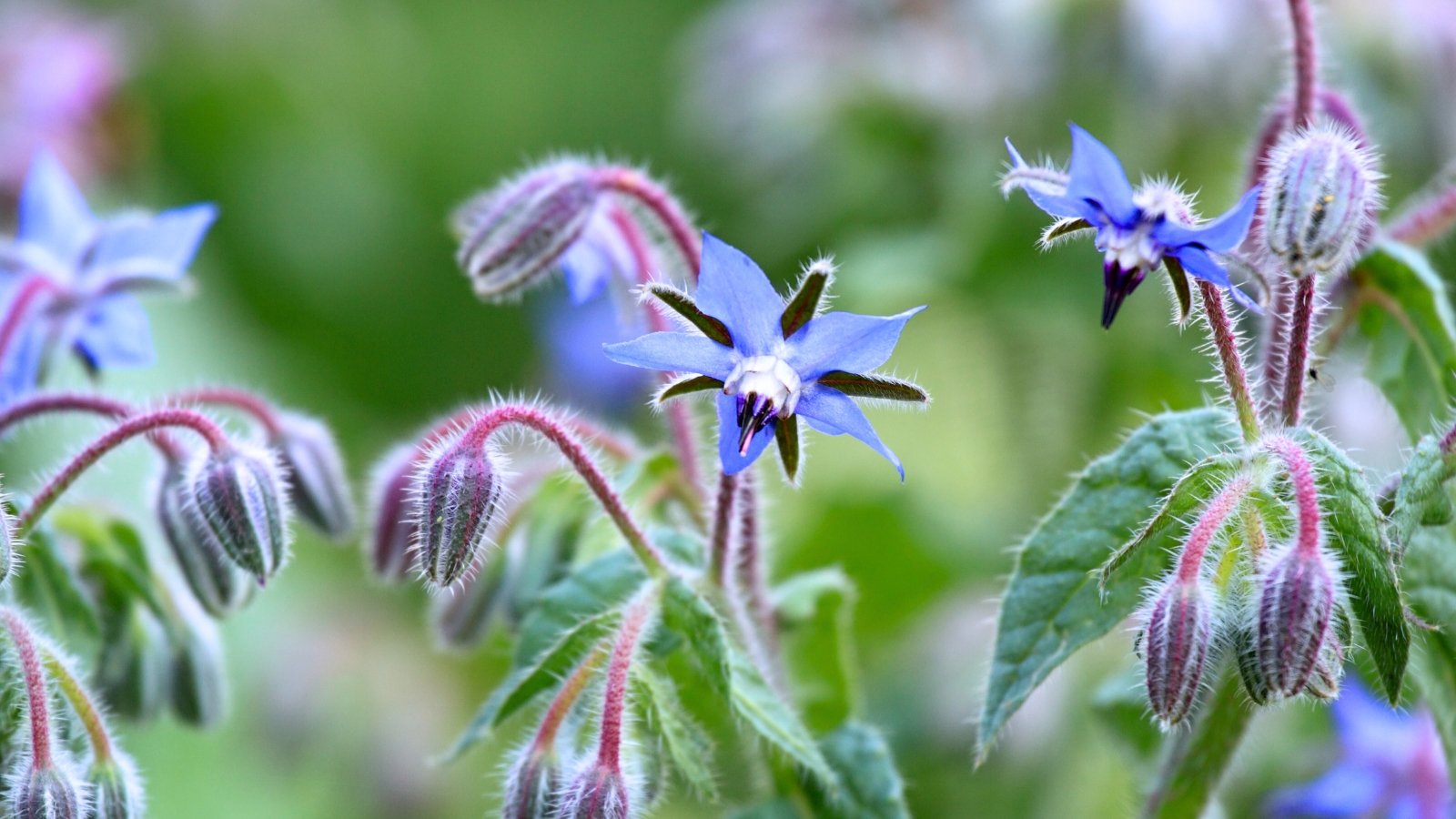 Flowers shift color as they age in the sun.
Flowers shift color as they age in the sun.Borage blooms range in hue from bluish to violet, depending on how old they are. They change colors as they age, creating a colorful spectacle in the home garden. The flowers are edible, too, and they make beautiful additions to salads, dinner plates, and charcuterie boards.
Or, candy the blooms! You may use egg whites and powdered sugar to do the trick. Paint each flower with egg whites, coat the petals in sugar, and leave them out until they’re completely dry.
In the garden, borage is an annual flowering herb that feeds pollinators like bumblebees. Like bachelor’s buttons, it’ll reseed annually if you let it.
Bluebonnet
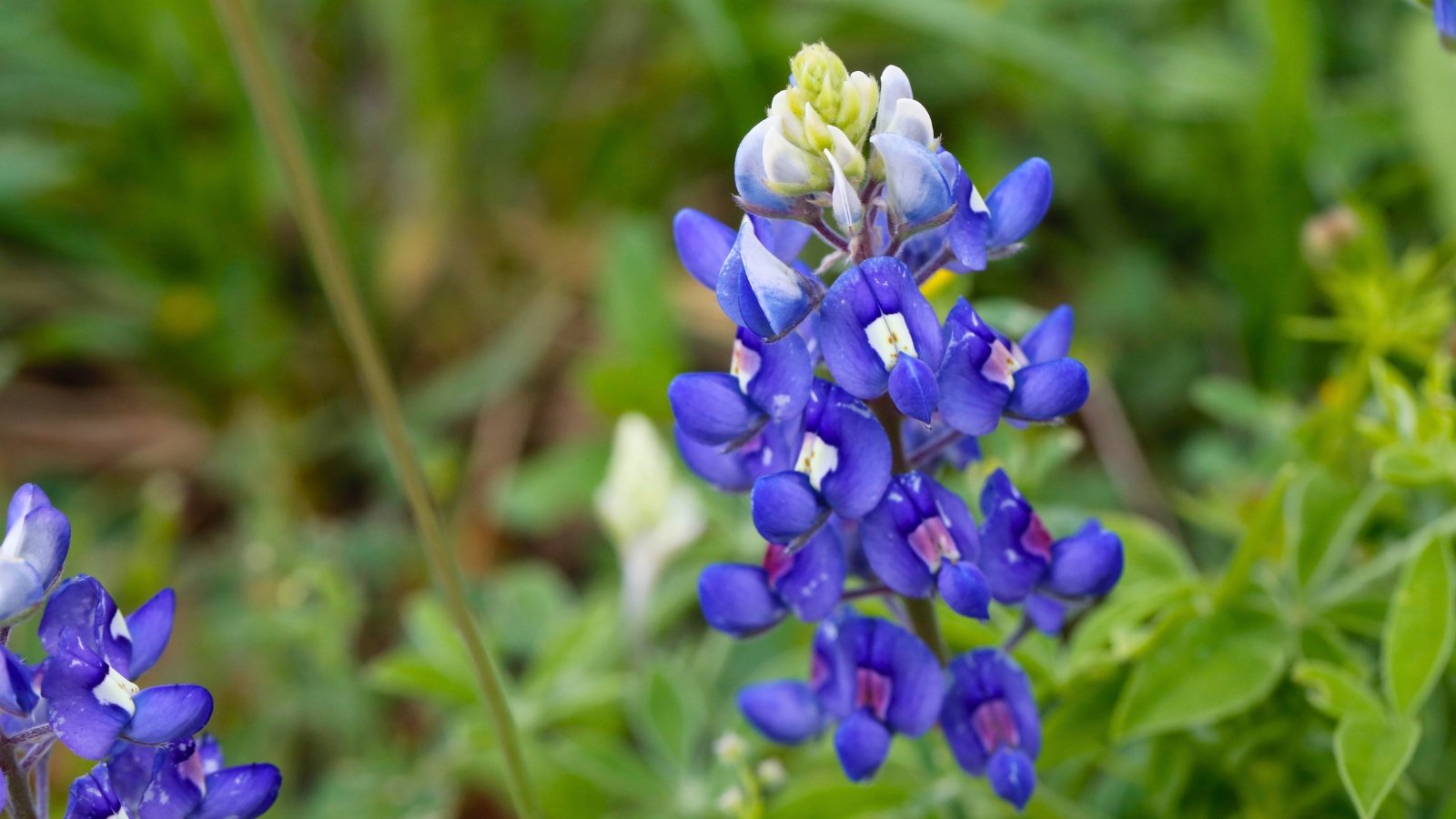 Cool-season bloomer that reseeds year after year.
Cool-season bloomer that reseeds year after year.Bluebonnets are annual lupines that fill the state of Texas with their bright bluish-purple blooms. They emerge on tall flowering spikes, and their folded petals have a spot of white on them. They stand out in the landscape, creating a flowering spectacle for onlookers.
Bluebonnets are frost-hardy annuals, meaning they prefer cooler temperatures to thrive. Grow them during the cool seasons, in spring or fall, and these true blue flowers reseed for repeat blooms the next year.
Blue Milkweed
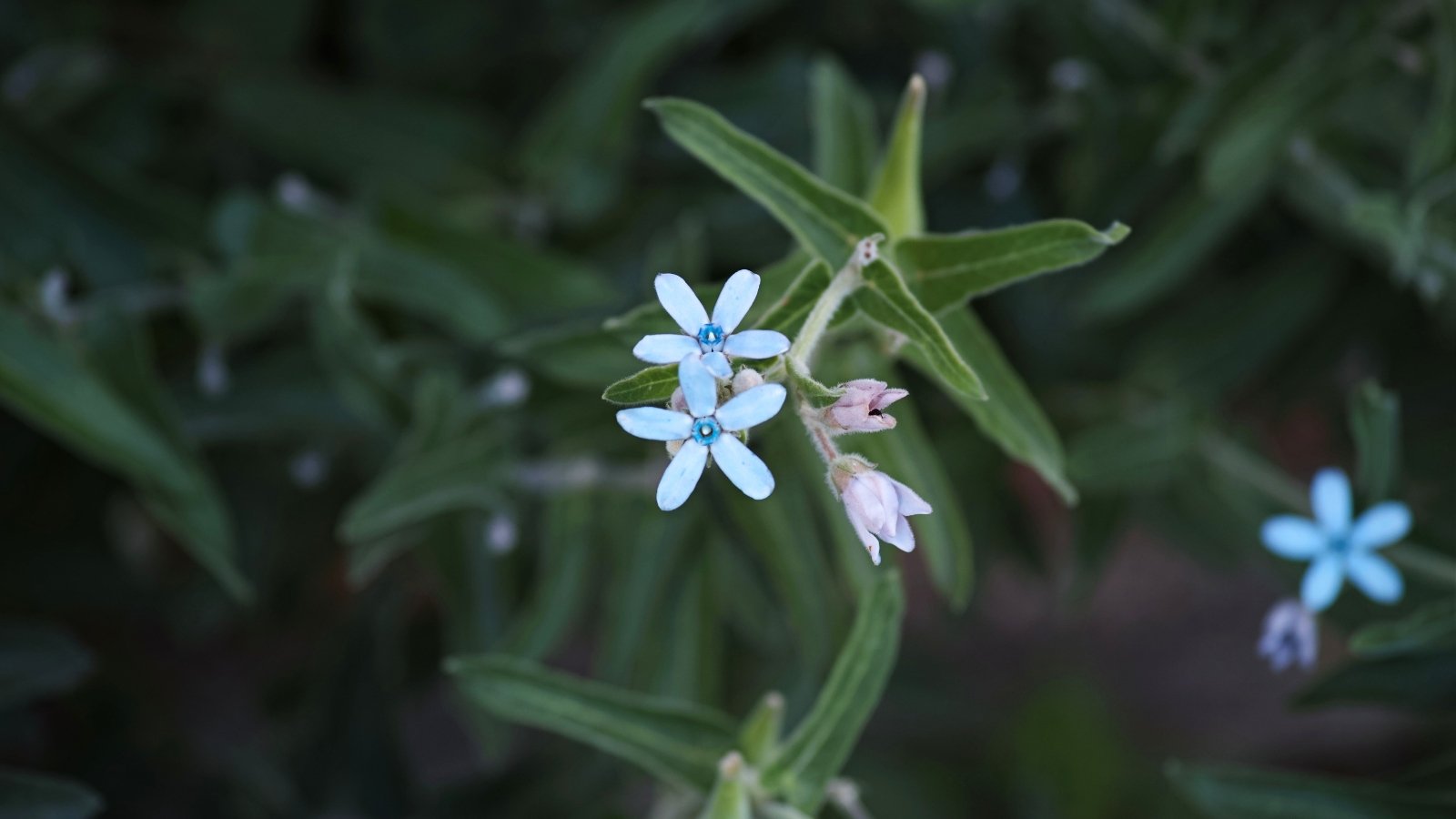 Blooms open blue and deepen to purple with time.
Blooms open blue and deepen to purple with time.This milkweed isn’t a true milkweed, though it’s in the same family as the plant group. Similarly, it has milky sap, floating seeds, and fuzzy leaves. The blooms are pale blue when they emerge, and they change to purple over the course of the summer.
This evergreen tropical plant grows well as an annual in cold regions, and as a perennial shrub in warm ones with mild winters. If you have trouble finding it, try looking for it by “tweedia,” its other name.
Butterfly Pea
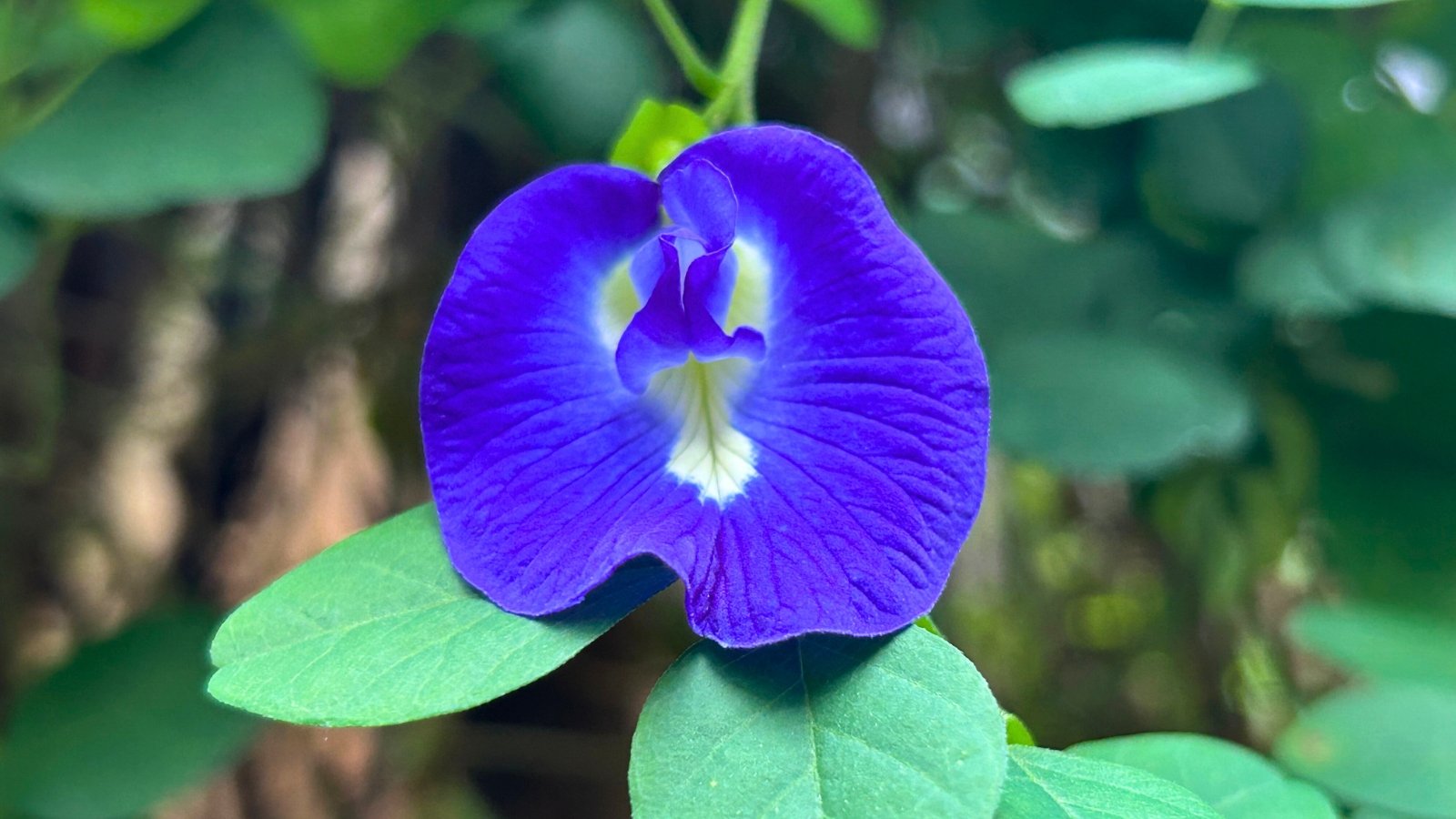 Petals make tea that changes color with lemon.
Petals make tea that changes color with lemon.If you like making your own tea, the butterfly pea is the perfect blue-flowered plant for your garden. This climbing perennial sprouts delicate blooms that shift to purple as they fade. Dry them and steep them in water to brew a violet colored tea.
Butterfly pea tea hides a secret—it’s a pH indicator! Add lemon to it and watch as the violet hue shifts to vivid pink. The color change occurs because the lemon juice changes the pH, which causes the color to change.
In the garden, butterfly pea is a frost-tender deciduous vine. It’ll reach up to 15 feet tall in regions where it’s perennial, climbing up walls, trees, and trellises. Give the vines support, or let them ramble about the soil like a groundcover.
Delphinium ‘Shades of Blue’
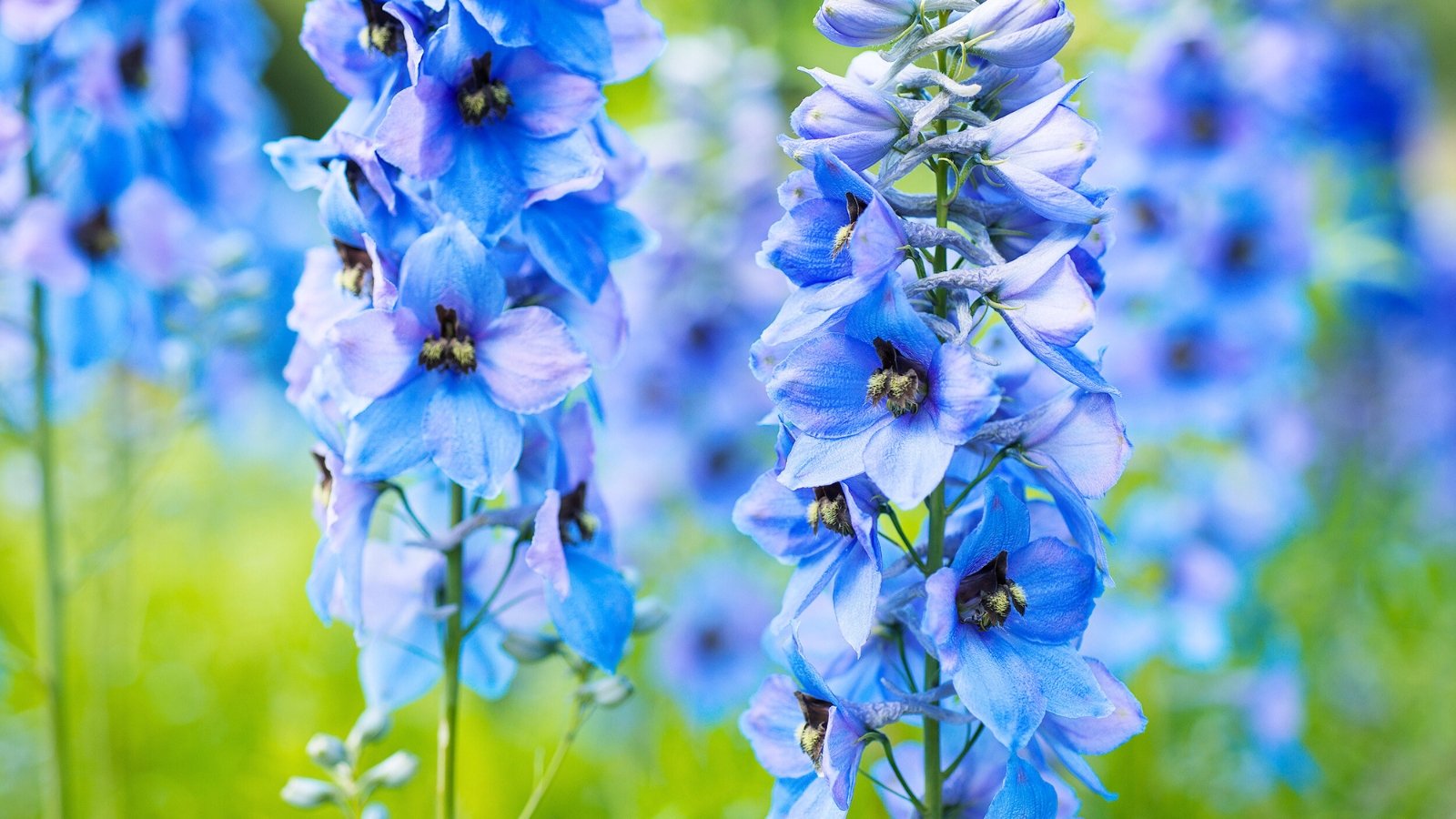 Adds height and color contrast to borders.
Adds height and color contrast to borders.Larkspurs and delphiniums grow tall, dense flowering spikes full of true blue flowers. They range in hues of pink, purple, white, violet, and blue. The two plants used to be in separate genera, Consolida and Delphinium, but geneticists recently moved them into the same genus, Delphinium.
‘Shades of Blue’ is a larkspur mix with light and dark blooms. The mix blends well together, creating a lush palette of bright colored flowers. Grow them next to your lupines for an array of different textures, colors, and heights.
Flax ‘Blue and Breezy’
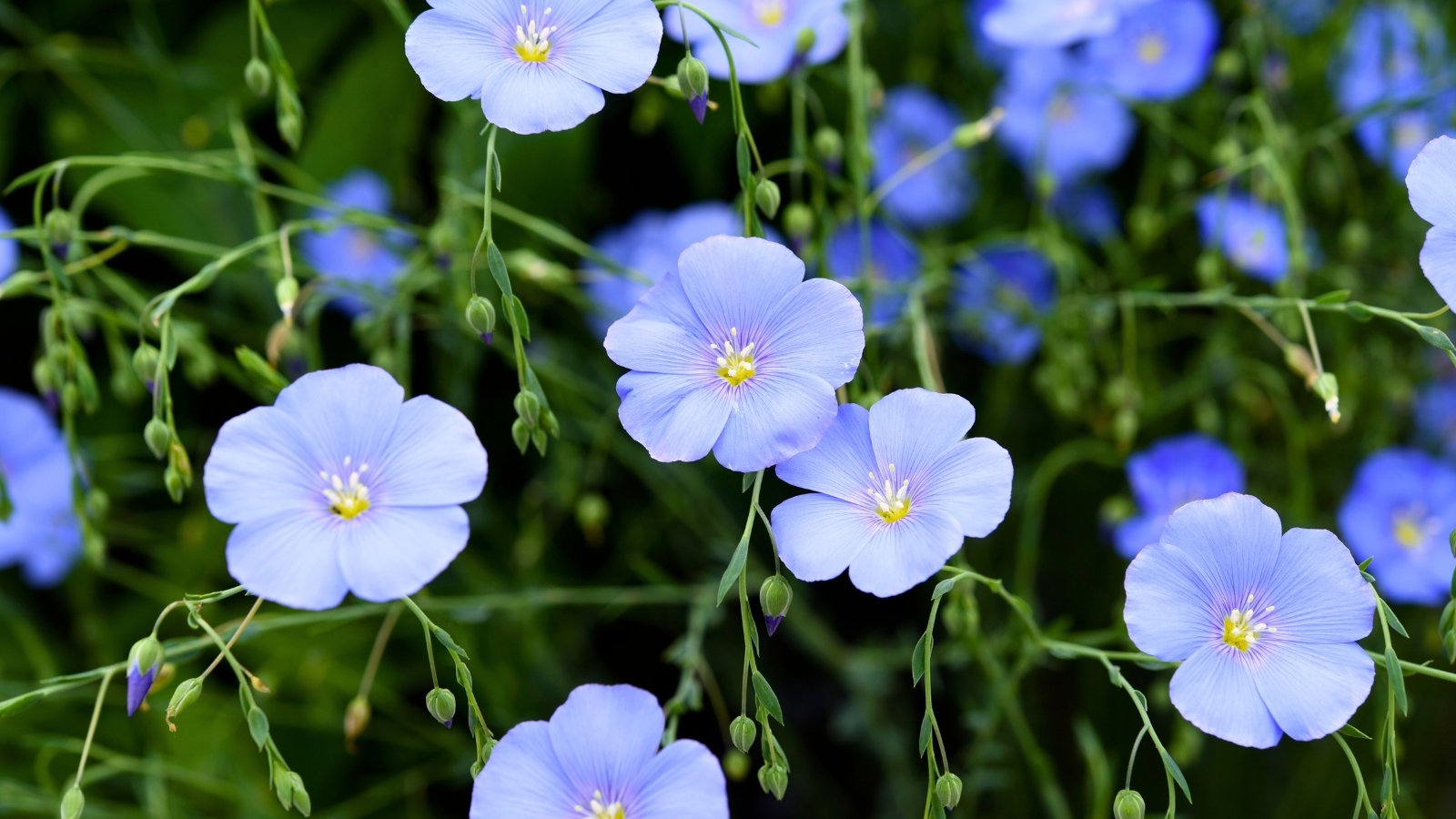 Delicate stems are topped with clear sky-colored blooms.
Delicate stems are topped with clear sky-colored blooms.‘Blue and Breezy’ flax is, in fact, blue! The blooms display rich hues that are less purple-violet than other flax varieties and more like the color of the sky on a clear day. They emerge atop thin stems that stand above the rest of the plant.
A perennial, this flax will overwinter reliably in regions with cold winters. Grow it as an annual in hot climates to enjoy its flowers. Plant seeds in the fall for early spring germination, or plant them a month before the last frost date in the spring.
Forget-Me-Not
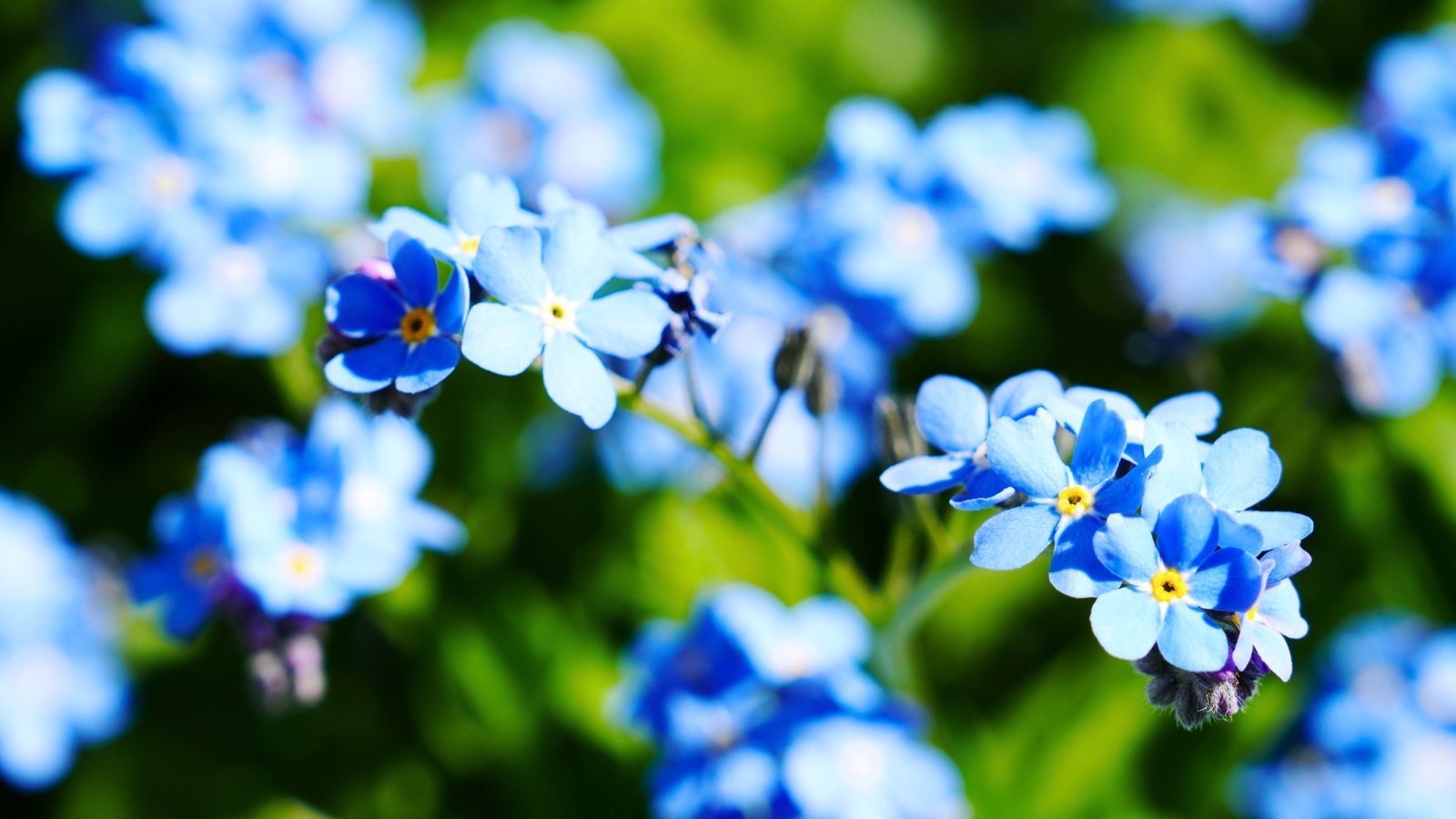 Spreads gently and brightens shady spring corners.
Spreads gently and brightens shady spring corners.These perennials fill woodland gardens with cheery flowers and lush green leaves. They spread when they’re happy, forming vast expanses of dense growth. In fact, they are invasive in some regions, so be careful planting them if you’re not sure.
The flowers are bluer than most other perennials, and they emerge all at once. A woodland garden with forget-me-nots will shine in early spring.
Early bloomers, these plants finish their flowering cycle before the warmth of summer returns. They’ll enter dormancy during the hot months, and new growth will emerge the next spring. You may grow this perennial as a cool-season annual in hot climates.
Hydrangea ‘Nikko Blue’
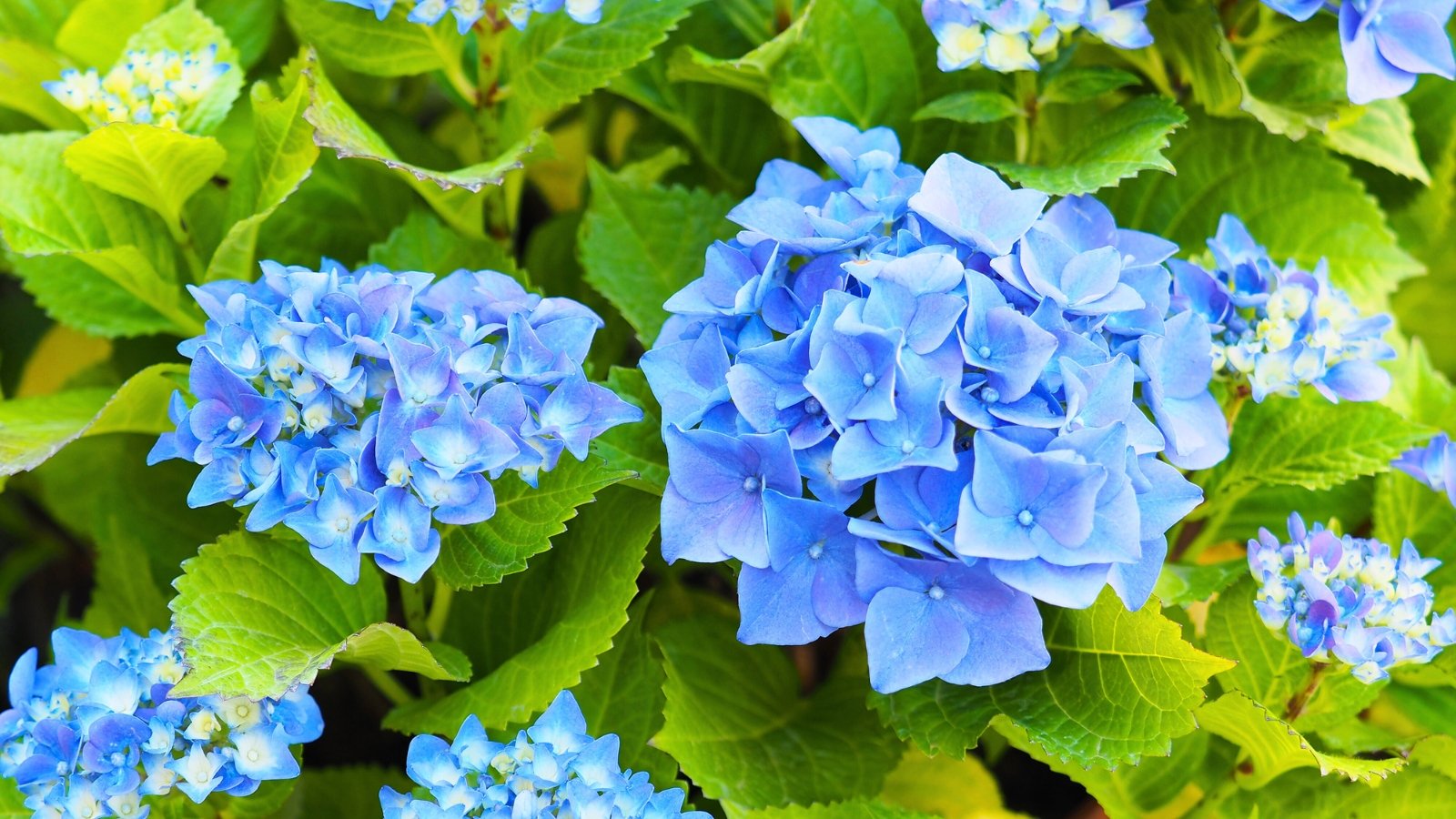 Adjust pH early for the color you prefer.
Adjust pH early for the color you prefer.Blooming shrubs are essential if you like this color! Hydrangeas are the best shrubs to start with, as many bigleaf hydrangeas have color-changing flower heads that shift hues depending on the pH of the soil.
‘Nikko Blue’ flowers may turn pink if the soil is alkaline. For true blue flowers, use garden sulfur to lower the pH into the acidic range. Do so many months before the flowering period to ensure the pH changes before the flower buds form.
Lithodora ‘Grace Ward’
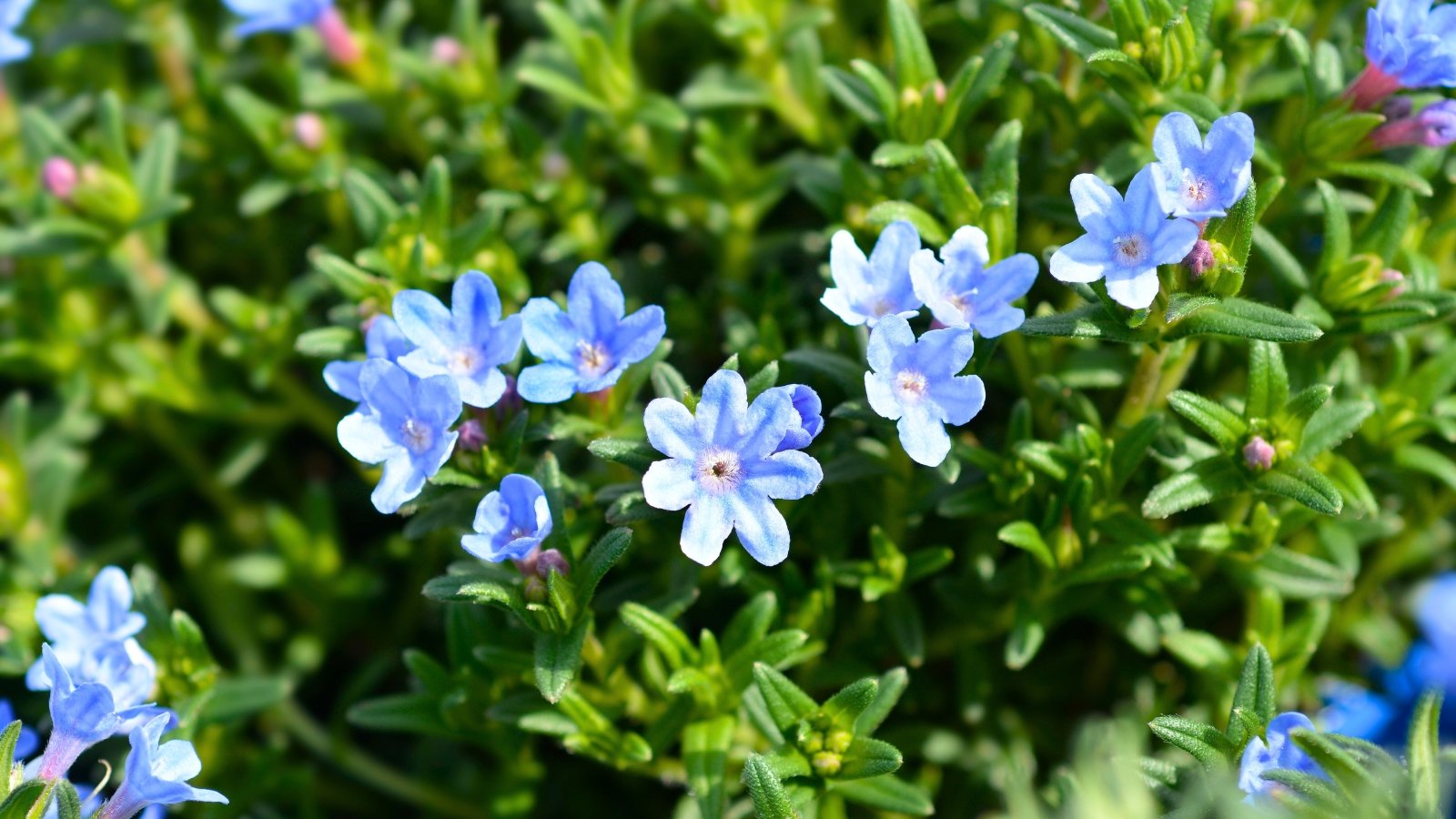 A low grower perfect for sunny slopes and rocks.
A low grower perfect for sunny slopes and rocks.Few plants have true blue flowers, and lithodora is one of them! This rambling groundcover is perfect for rock walls, bare beds, and rock gardens. It grows thin leaves on woody stems that form roots when they touch the ground.
Lithodora is evergreen in frost-free climates and deciduous in cold ones. It needs plenty of sunlight, but it benefits from afternoon shade in regions with hot summers.
‘Grace Ward’ is the classic cultivar that growers use. It’s similar to the species, and it forms a clump two to three feet wide in maturity. Plant many a few feet apart. Then, let them connect and cover the bare soil between themselves.
Lobelia ‘Cambridge Blue’
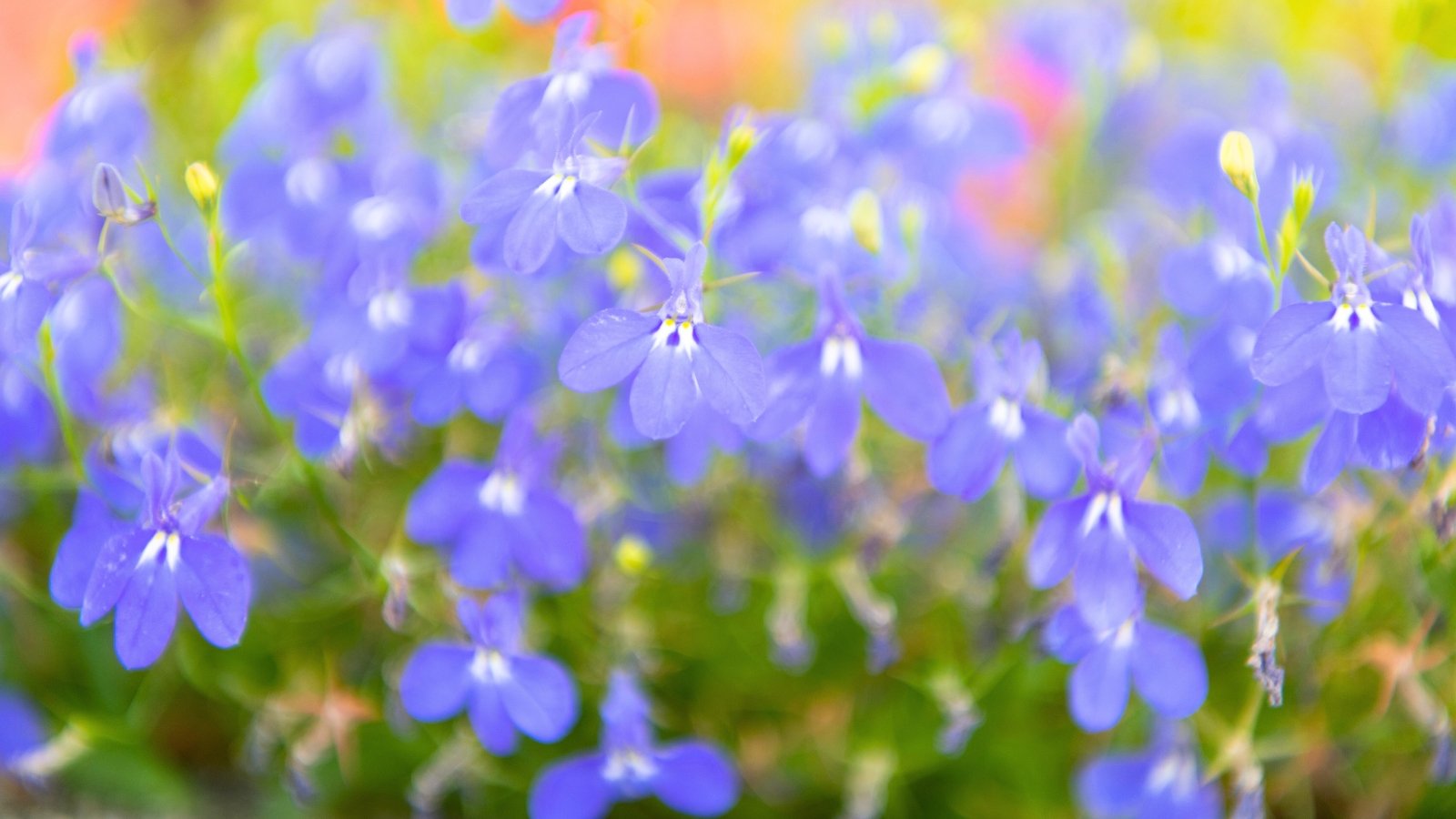 A compact plant that loves moisture and rich soil.
A compact plant that loves moisture and rich soil.Lobelias form small, dense mounds full of leaves and blooms. Many cultivars are available, and a select few offer bluish flowers. ‘Cambridge Blue’ is one of them, and it’s a well-performing annual for beds, planters, and containers.
These flowers are bright and illustrious, and they resemble delphinium and larkspur blooms. They sprout from a tender plant that needs consistent care to thrive. Grow this cultivar in rich soil with excellent drainage, and water regularly to keep the ground moist, but not soggy.
Lobelia ‘Crystal Palace’
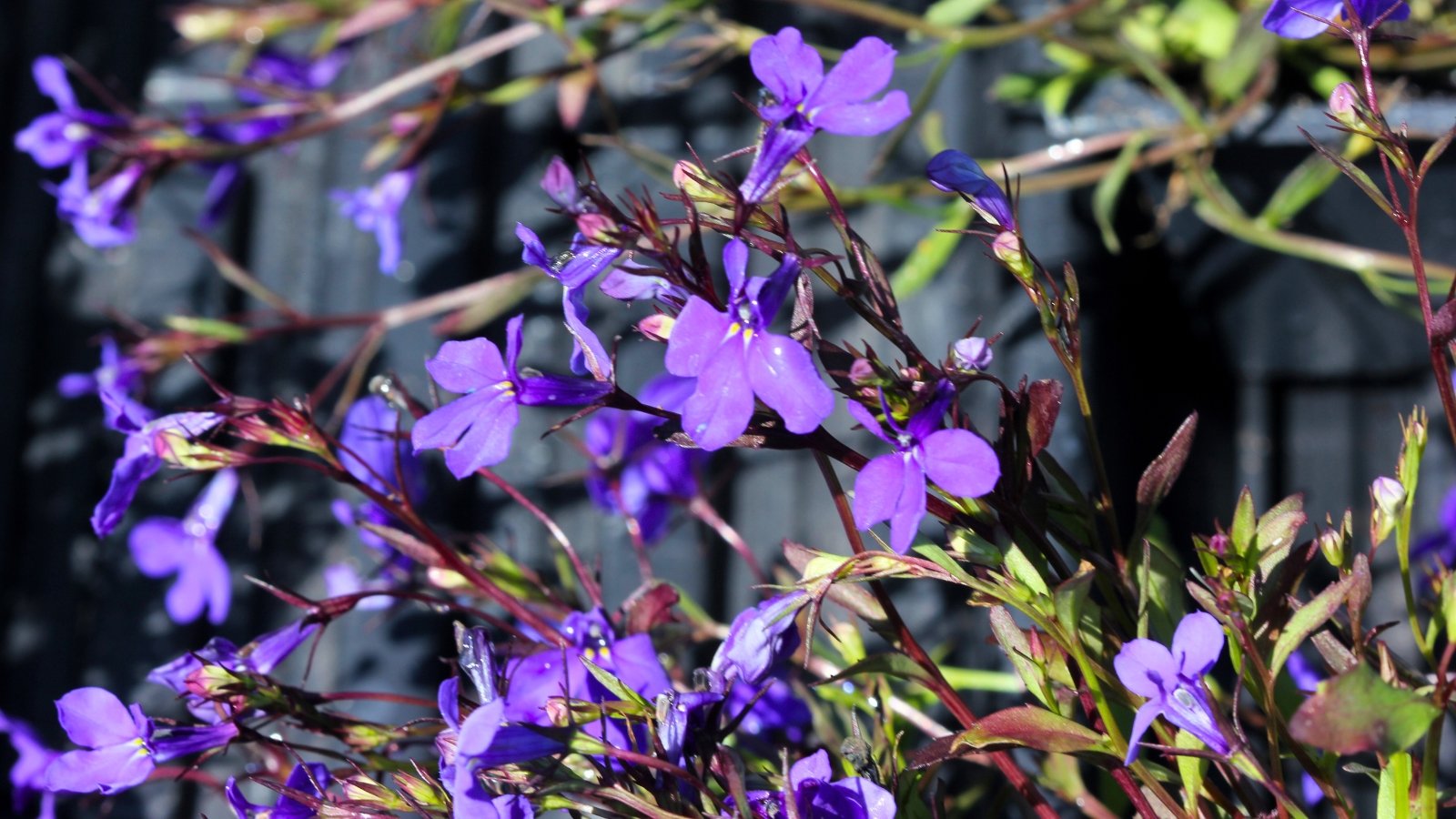 Dark blue flowers glow against rich green leaves.
Dark blue flowers glow against rich green leaves.Another lobelia, ‘Crystal Palace,’ has darker flowers than ‘Cambridge Blue.’ The flowers blend well with dark green leaves, making them perfect for tucking into bare spots of your beds and planters.
Lobelias prefer cool temperatures to thrive. Sow them indoors in pots in the winter, and transplant the seedlings after the last frost date. In frost-free climates, sow seeds in the fall for winter blooms.
Love-in-a-Mist ‘Miss Jekyll Blend’
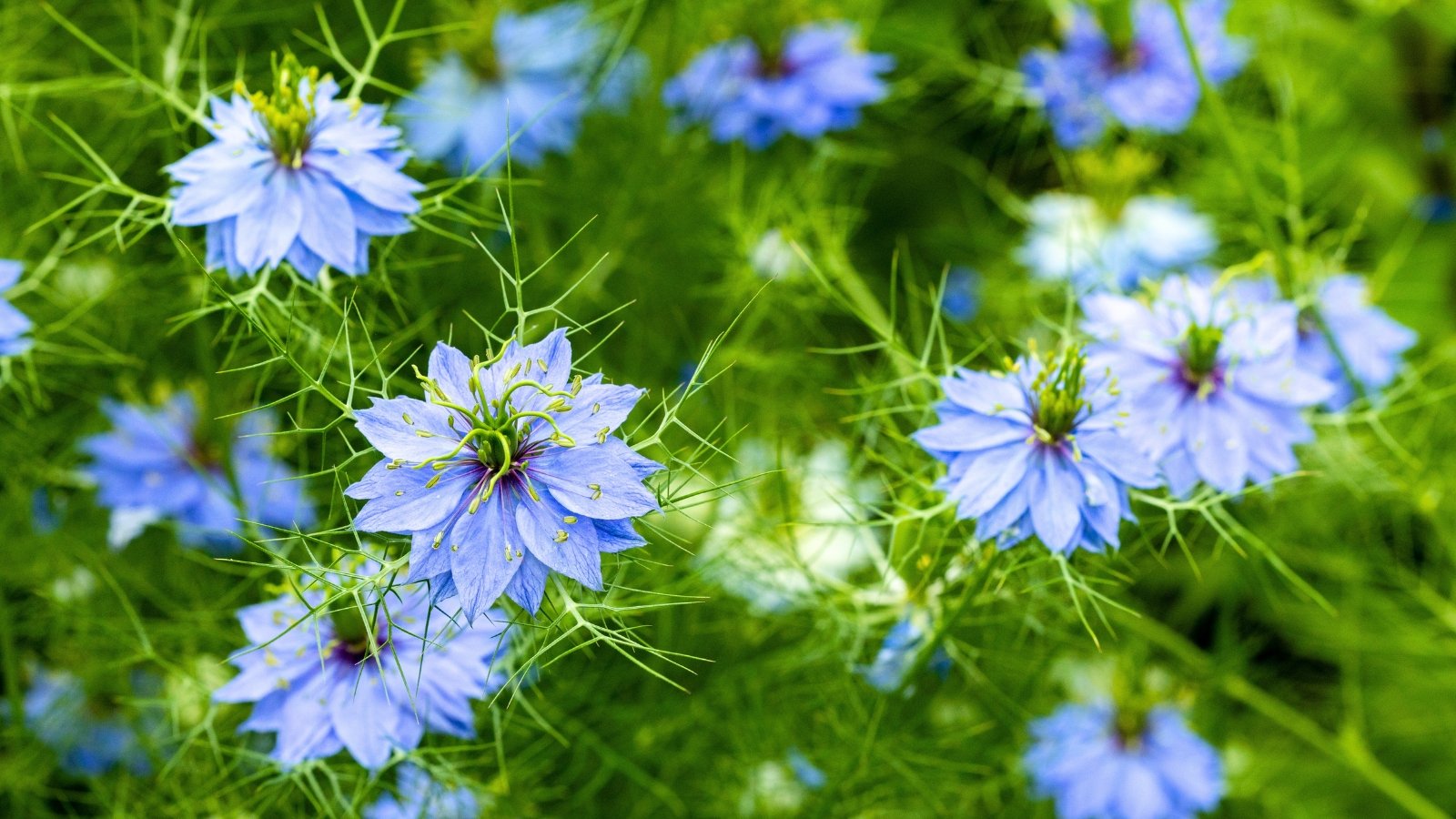 Self-seeds freely after blooming.
Self-seeds freely after blooming.Love-in-a-mist is so aptly named for its lacy, thin leaves that give the appearance of mist. Bright blooms emerge atop the lacy foliage, decorating the plant with brilliance and texture. Decorative seed pods replace the blooms after they fade.
‘Miss Jekyll Blend’ has a mix of white, light, and dark flowers. The blend makes a statement in containers, and it’s perfect for decorating borders and walkways. Leave the seed heads, and the plants will likely reseed themselves.
Lungwort
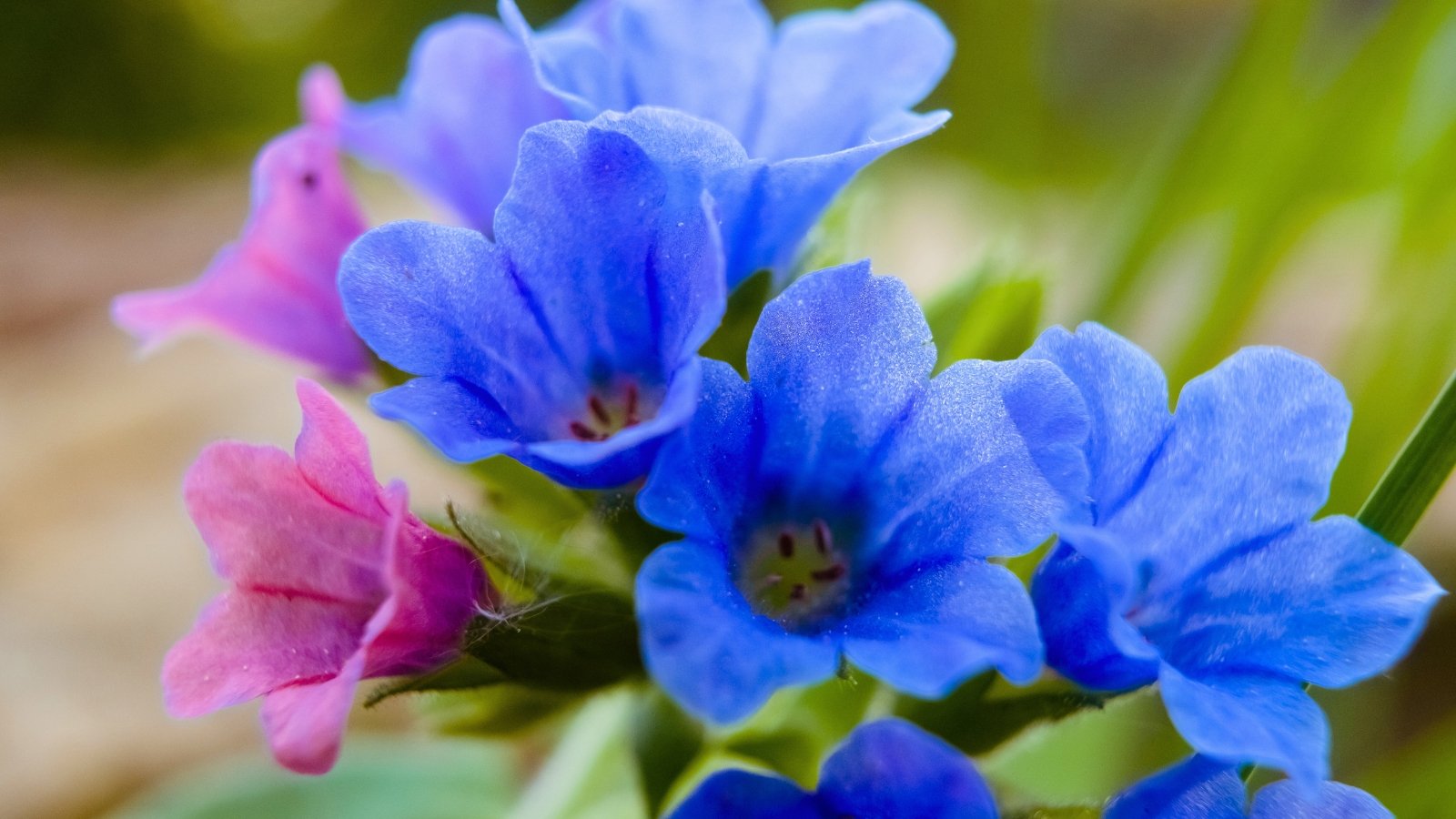 Shade-lover with blooms that change from pink to blue.
Shade-lover with blooms that change from pink to blue.Lungworts are cool-weather lovers that prefer growing in the shade. They have color-changing flowers that emerge pink-red and mature to violet-bluish. En masse, they’ll fill your garden with a vast swathe of color.
Any plant with “wort” in its name was, at one time, used in herbal treatments. Lungwort, therefore, was a plant for treating diseases of the lung. This common use was in Medieval times.
Nowadays, these plants are a pretty addition to the garden. Their leaves are edible but bland, and best left as decor in beds and containers.
Morning Glory ‘Flying Saucer’
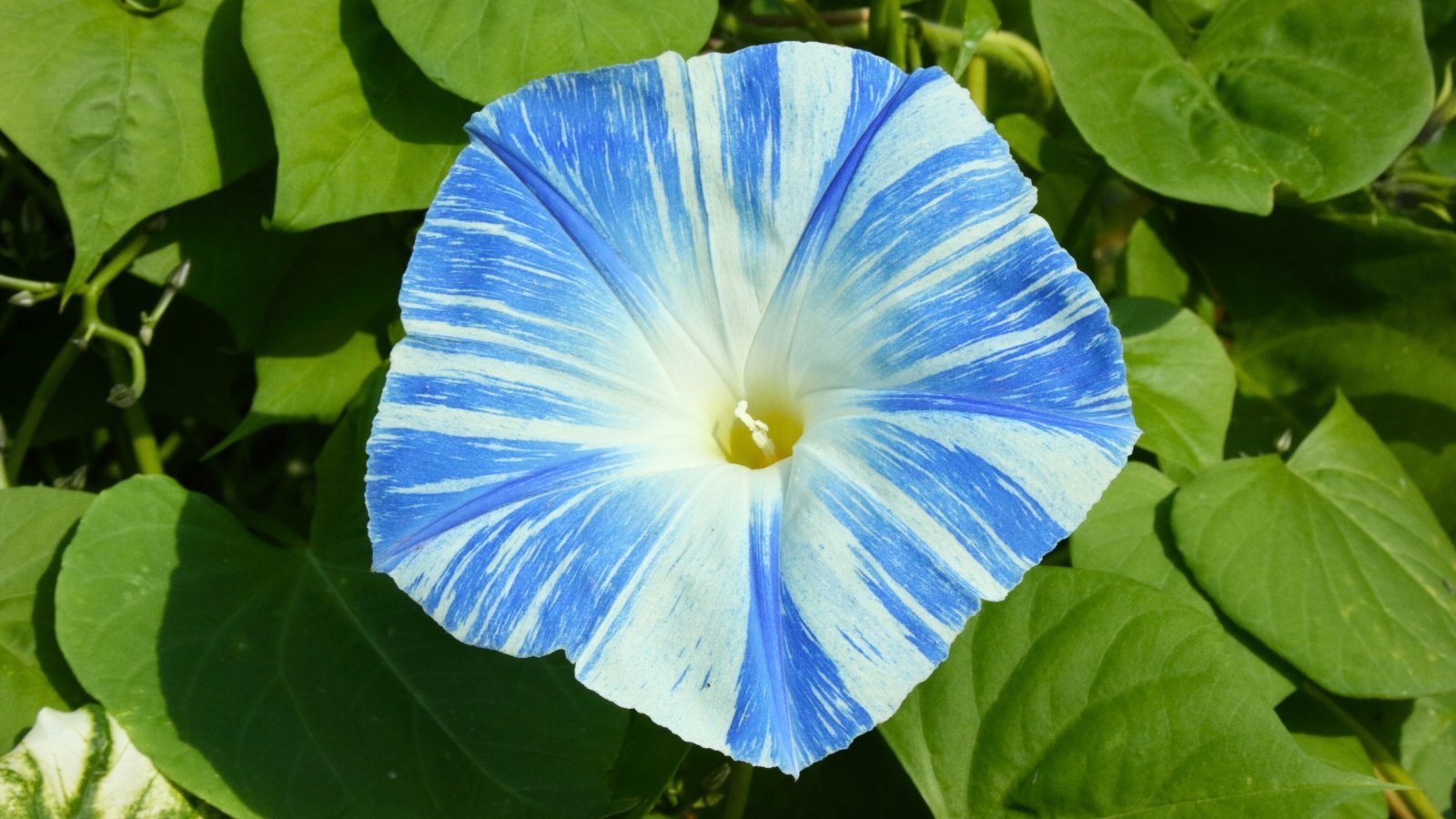 Blue-and-white blooms open anew each morning.
Blue-and-white blooms open anew each morning.Morning glories bloom all summer long. Their flowers last a day before withering. As one closes, new ones emerge from the vines the next morning.
‘Flying Saucer’ blossoms have white and blue streaks that radiate from yellow centers. They look like UFOs!
This cultivar is perennial in warm, frost-free regions. It’s perfect as a spring and summer annual in all other parts of the U.S. Plant seeds well after the last average frost date.
Morning Glory ‘Heavenly Blue’
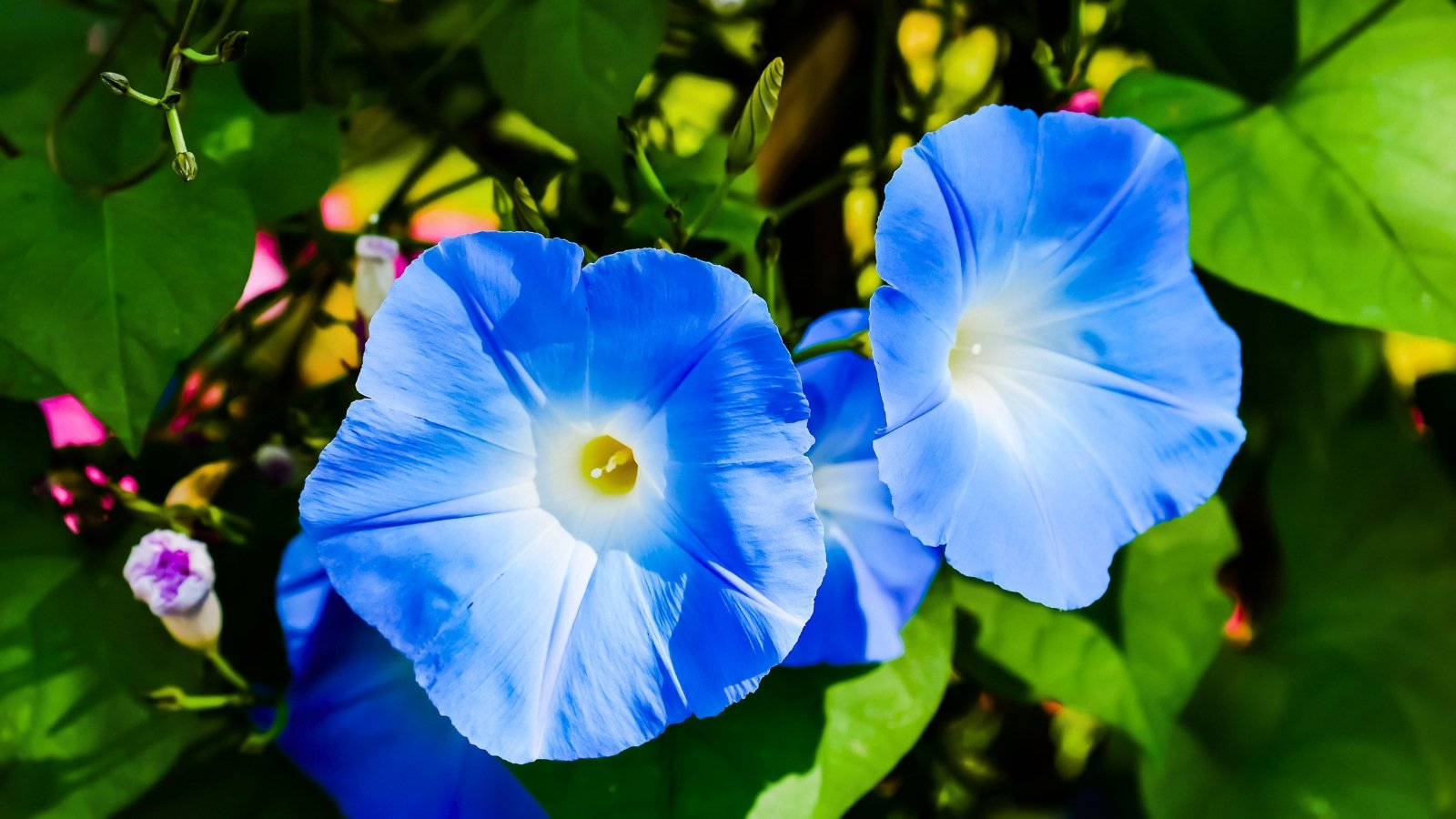 Vigorous climber that rewards with daily blooms.
Vigorous climber that rewards with daily blooms.‘Heavenly Blue’ matches ‘Flying Saucer’ with flower power. Its flowers are bluish with white-yellow centers. They stand out on the long vines that may reach fifteen feet or longer!
Morning glories perform best when they grow vertically. Give them something to grow on, whether it be a fence, a dead tree, or a trellis. Save seeds from both of these heirloom morning glories in the fall, and plant them the next year for future blooms.
Pansy ‘Got the Blues’
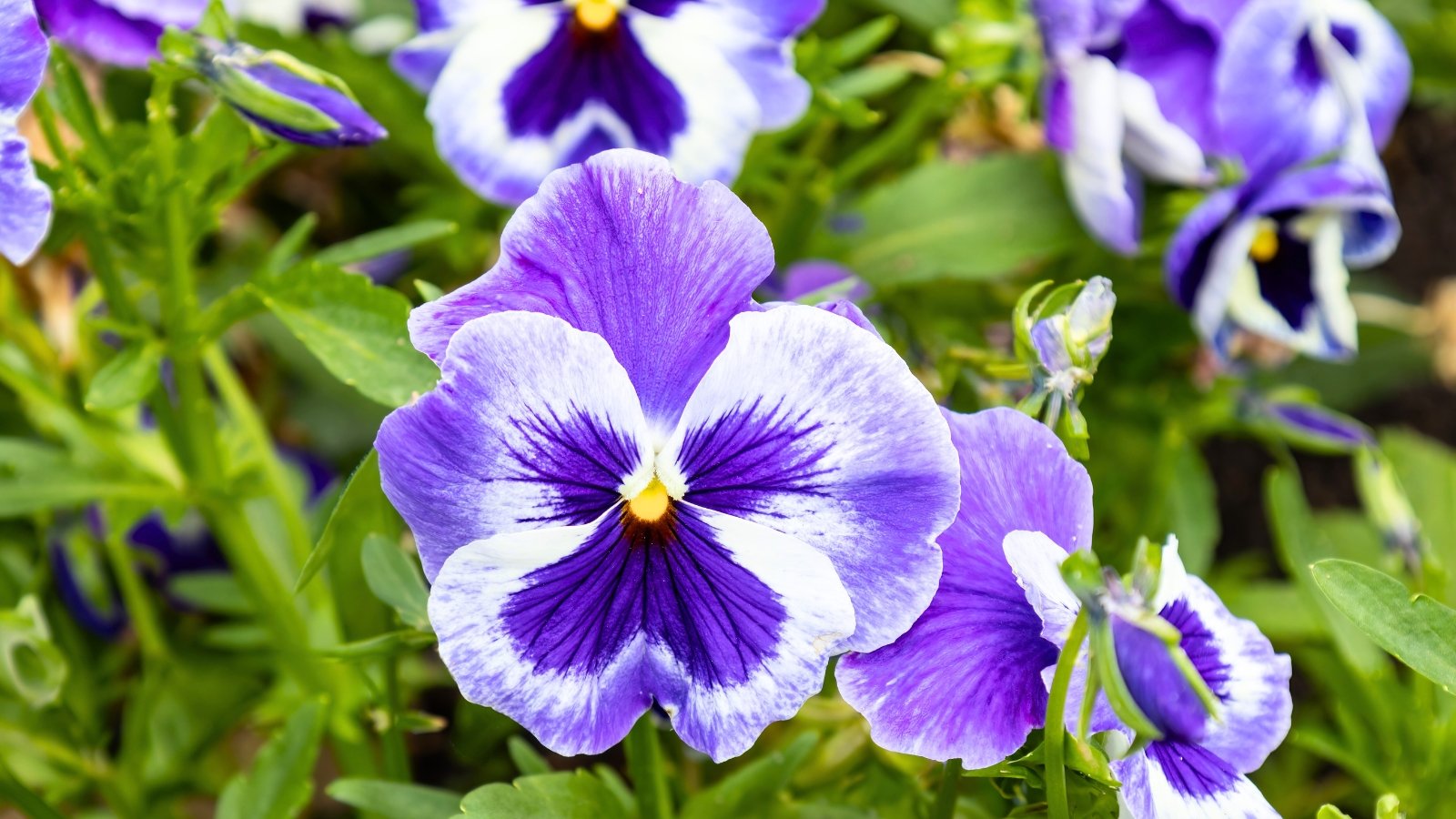 Keeps blooming through chilly fall and winter days.
Keeps blooming through chilly fall and winter days.Pansies withstand the cold of fall and winter. They’re exceptional for providing true blue flowers when most other plants finish. You’ll find them available at garden centers, nurseries, and home improvement stores alongside chrysanthemums in the fall and potted tulips in the spring.
‘Got the Blues’ is a mix of pansies with deep, violet flowers. Some are bluer than others, and a few have all white petals with splotches of color. Use the edible petals in the kitchen, or leave them on the plants for the few pollinators brave enough to withstand the cold.
Pincushion Flower ‘Isaac House Blend’
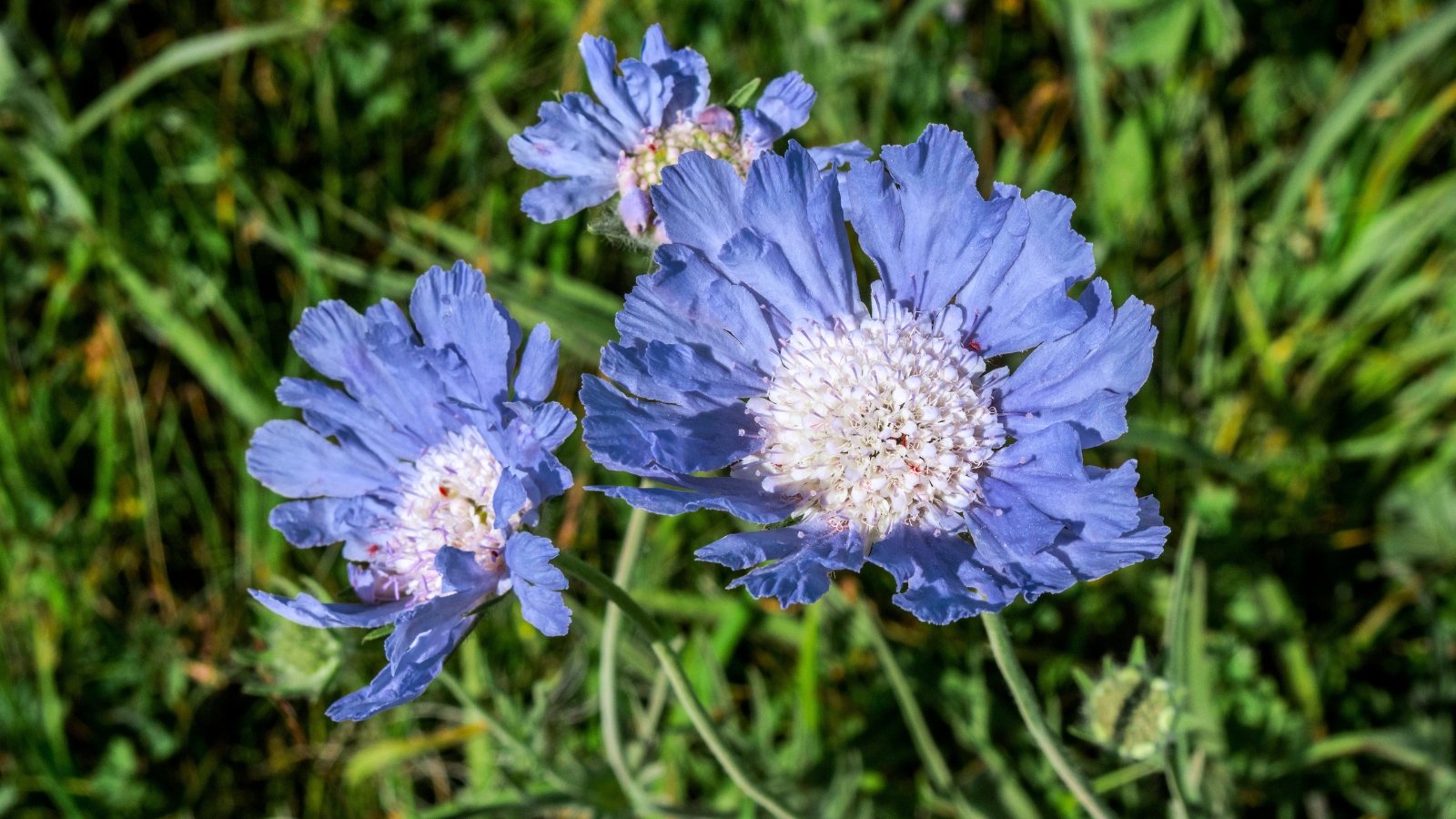 Long-season bloomer that is hardy through cold spells.
Long-season bloomer that is hardy through cold spells.The dainty, lacey collars of pincushion flowers are lovely to behold during the growing season. They emerge from spring through fall, painting the yard with their lovely shades. This mix, the ‘Isaac House Blend,’ contains varieties with white, lilac, and blue blooms.
Look for pincushion flowers under “scabiosa” if you’re having trouble locating them at the store. The common names are interchangeable for plants with pincushion-like blooms on long stems.
Surprisingly hardy, this blend will withstand hard freezes in the coldest zones of the U.S. Mulch the plants’ roots in the fall to help them brave the cold of winter.
Pitcher Sage
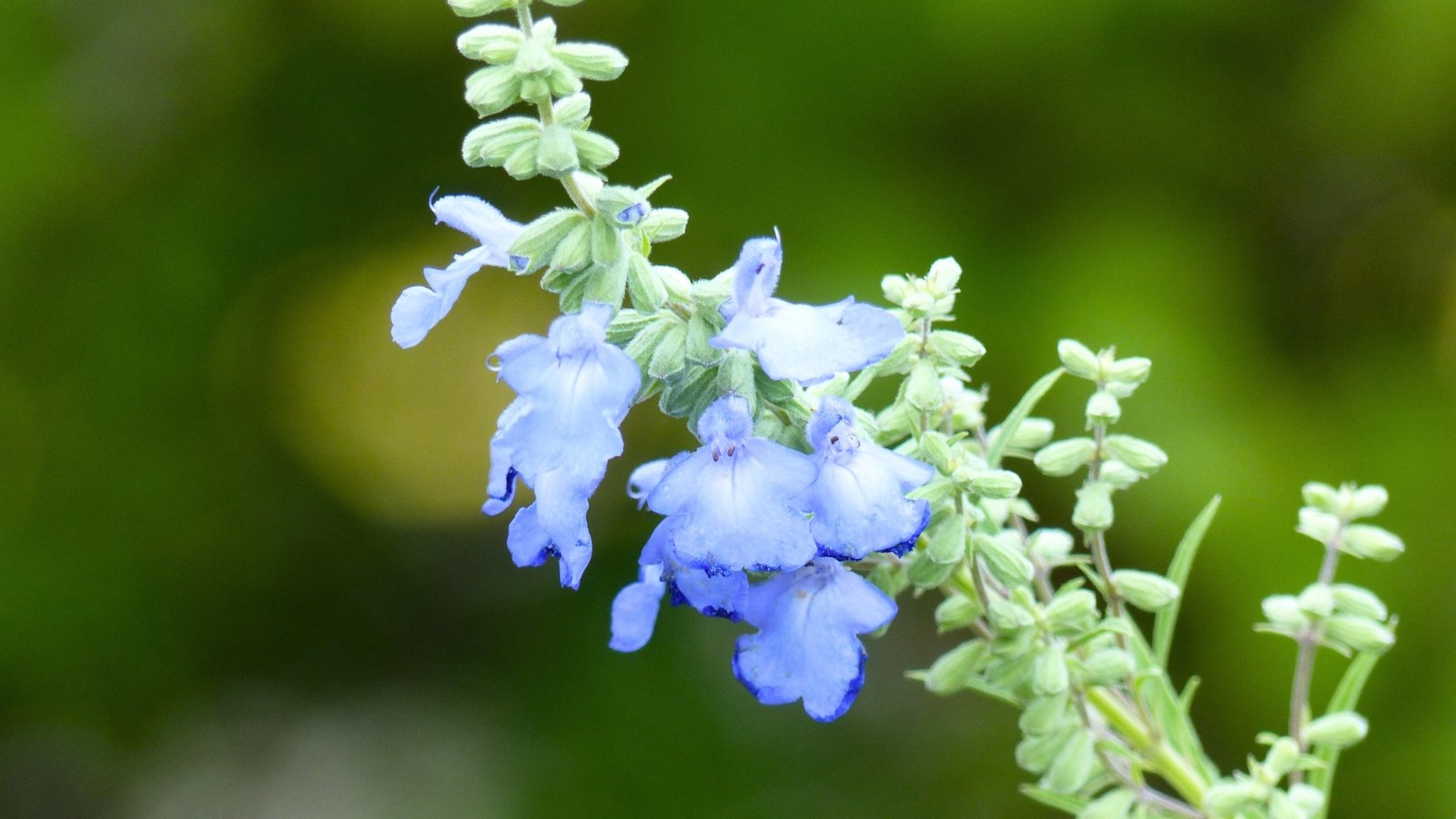 Native perennial that feeds bees and butterflies.
Native perennial that feeds bees and butterflies.Pitcher sage is a native species of sage that grows throughout the southeastern U.S. It’s an herbaceous perennial that’s perfect for the pollinator garden. Its blooms attract butterflies, bees, and pollinating flies, and its hollow stems house overwintering bees.
In the garden, pitcher sage forms tight clumps that die back in the fall. New growth emerges in spring, and flowers bloom from summer to fall in most regions.
Sea Holly ‘Blue Glitter
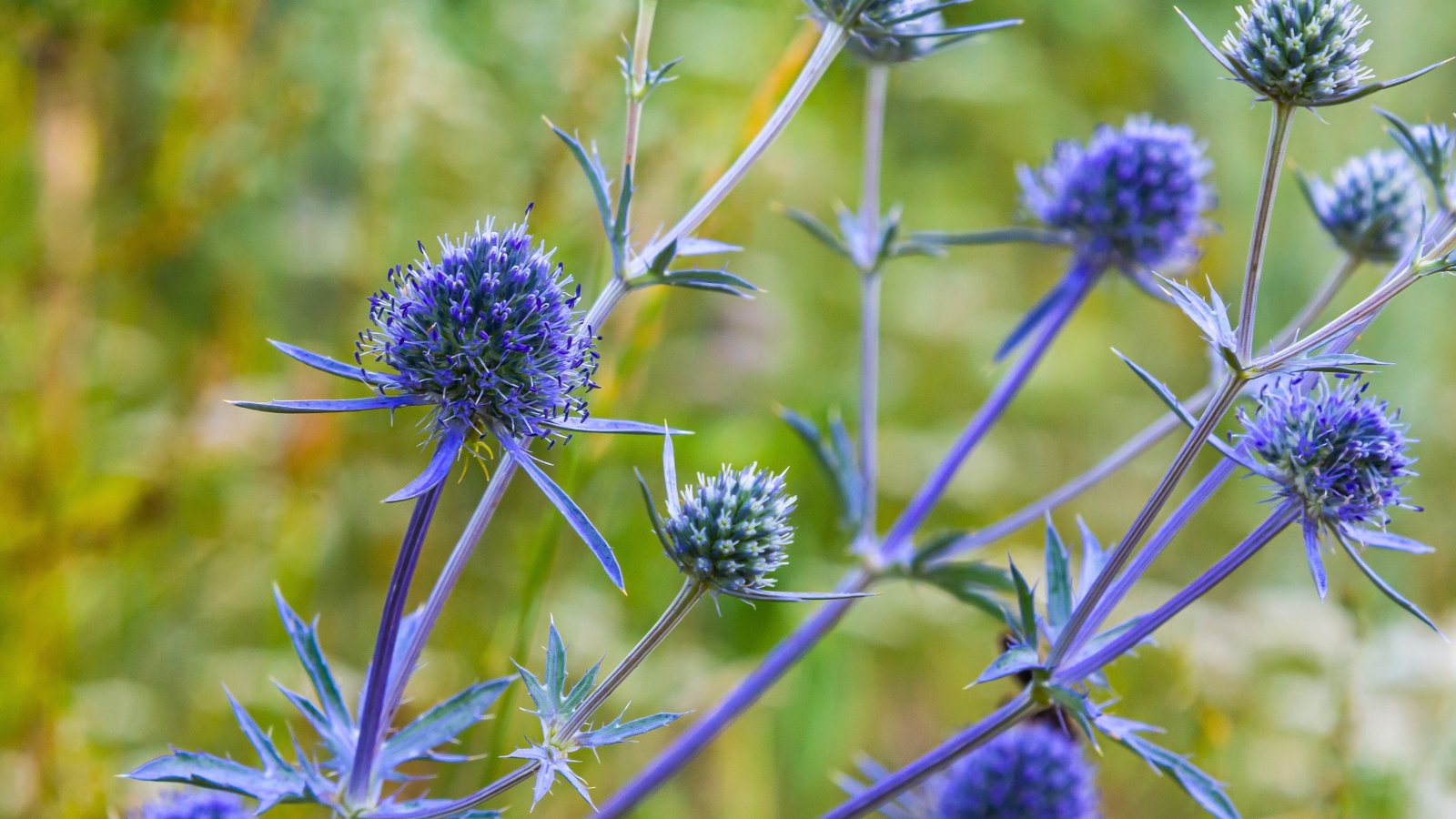 Handles heat and drought once established.
Handles heat and drought once established.Sea holly is a low-growing perennial with high-reaching blooms. The dense flowering spikes grow between three and five feet tall, depending on the variety. ‘Blue Glitter’ stays under three feet, though it has the bluest blooms of any cultivar.
The flower heads glitter in the sunlight, hence the variety’s name. Unlike most varieties, this one may bloom less than a year from when it sprouts. Try germinating seeds early indoors and transplanting them after the last frost to encourage first-year blooms.
Virginia Bluebells
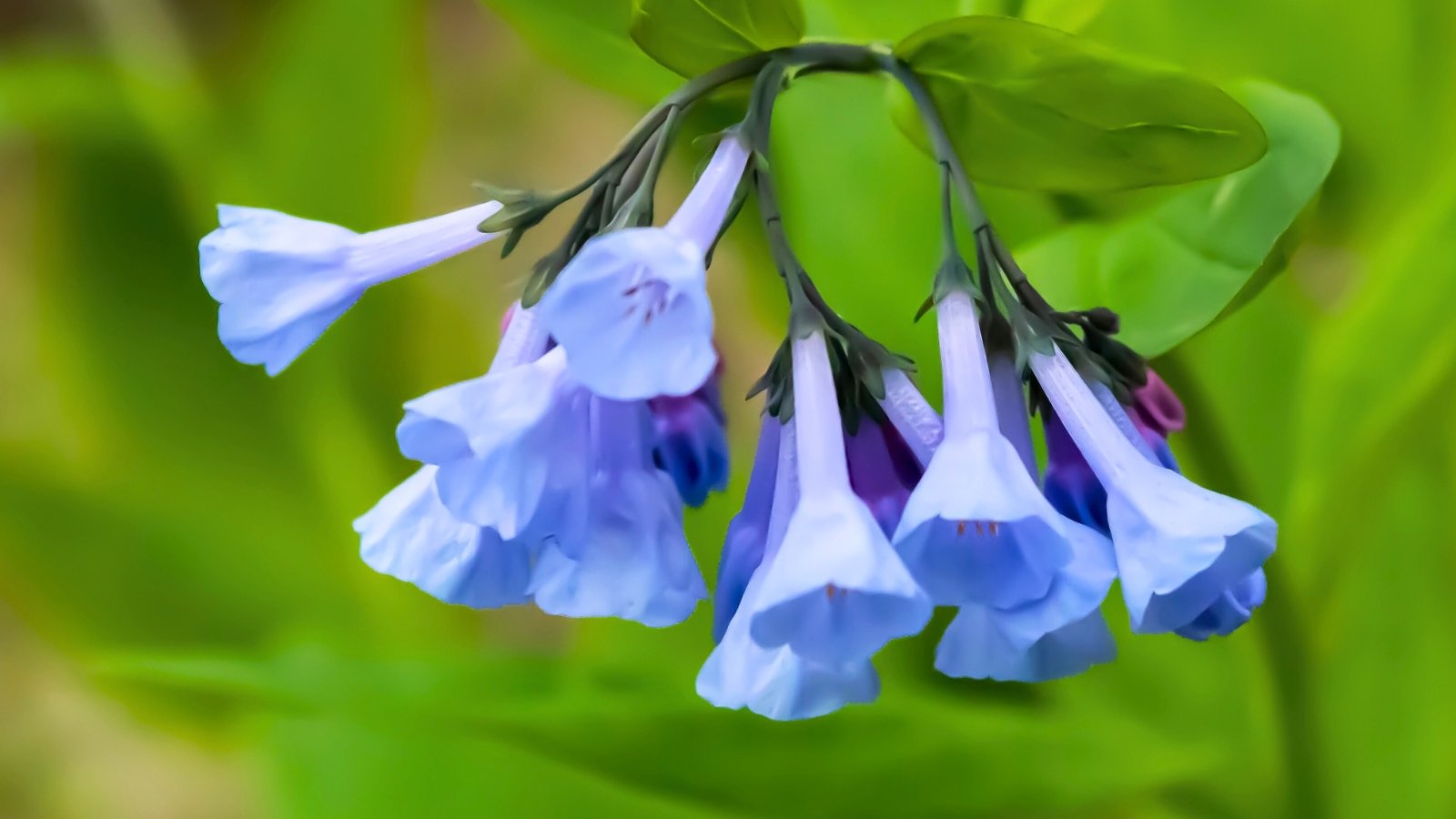 Fades to dormancy as summer heat arrives.
Fades to dormancy as summer heat arrives.Virginia bluebells decorate forest floors in the eastern and central U.S. The blooms emerge atop short, stocky stems with lush green leaves. The plants are difficult to propagate, though you may find them available at native plant nurseries.
These wildflowers prefer rich, moist soil to thrive. Grow them in the shade where the soil stays moist throughout the year. They’ll enter dormancy in the summer when the weather heats up.


 13 hours ago
4
13 hours ago
4
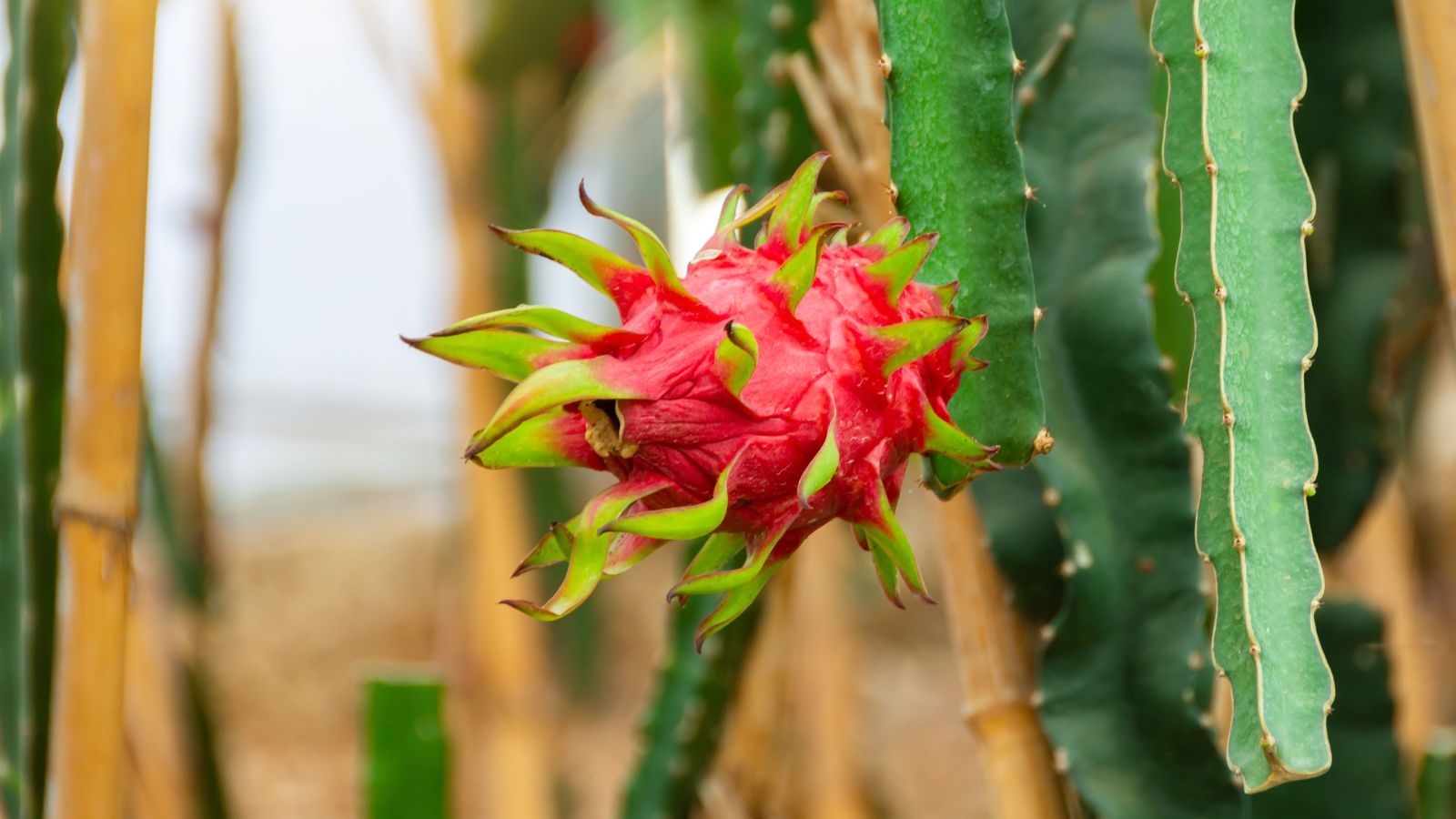
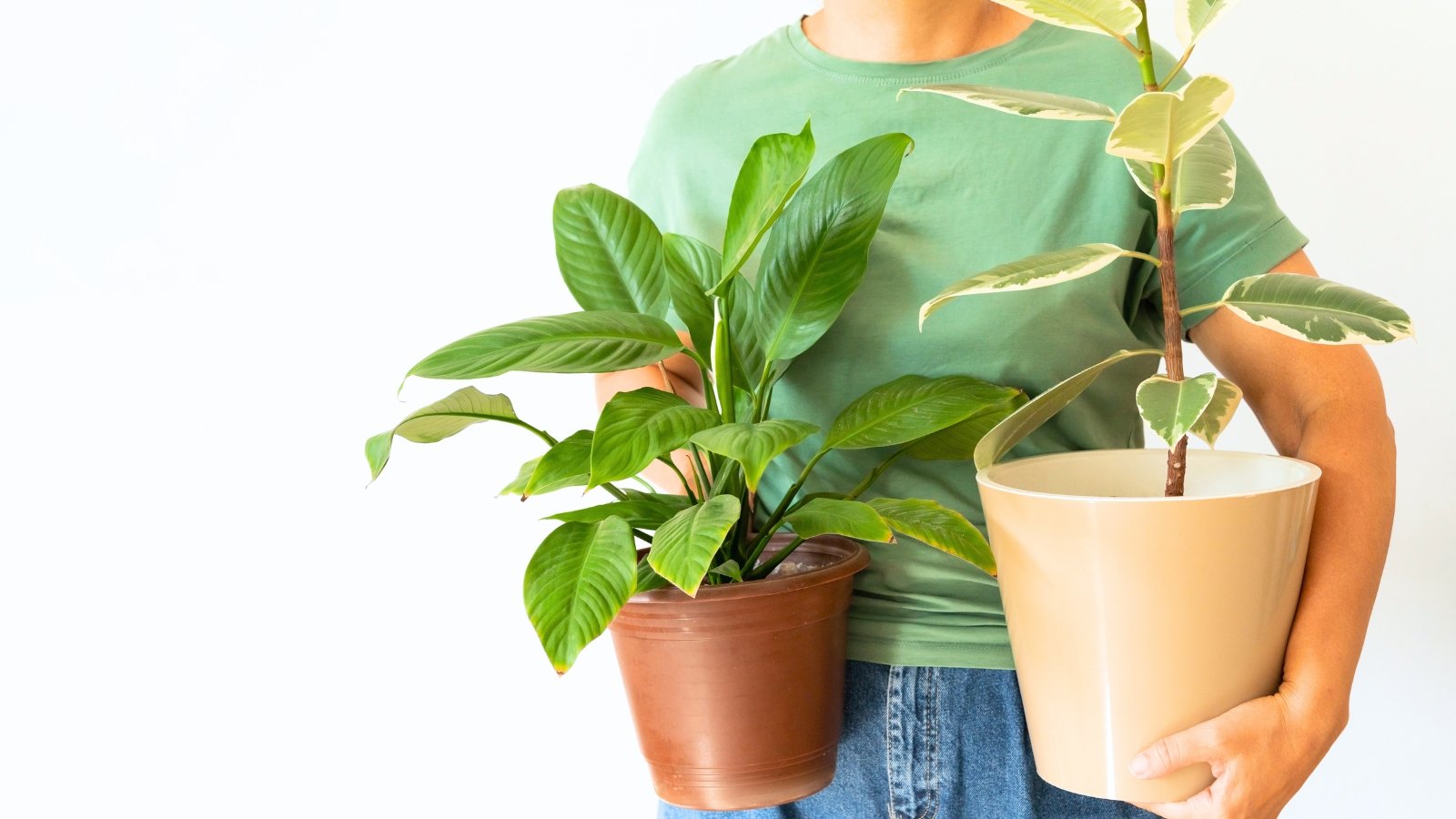
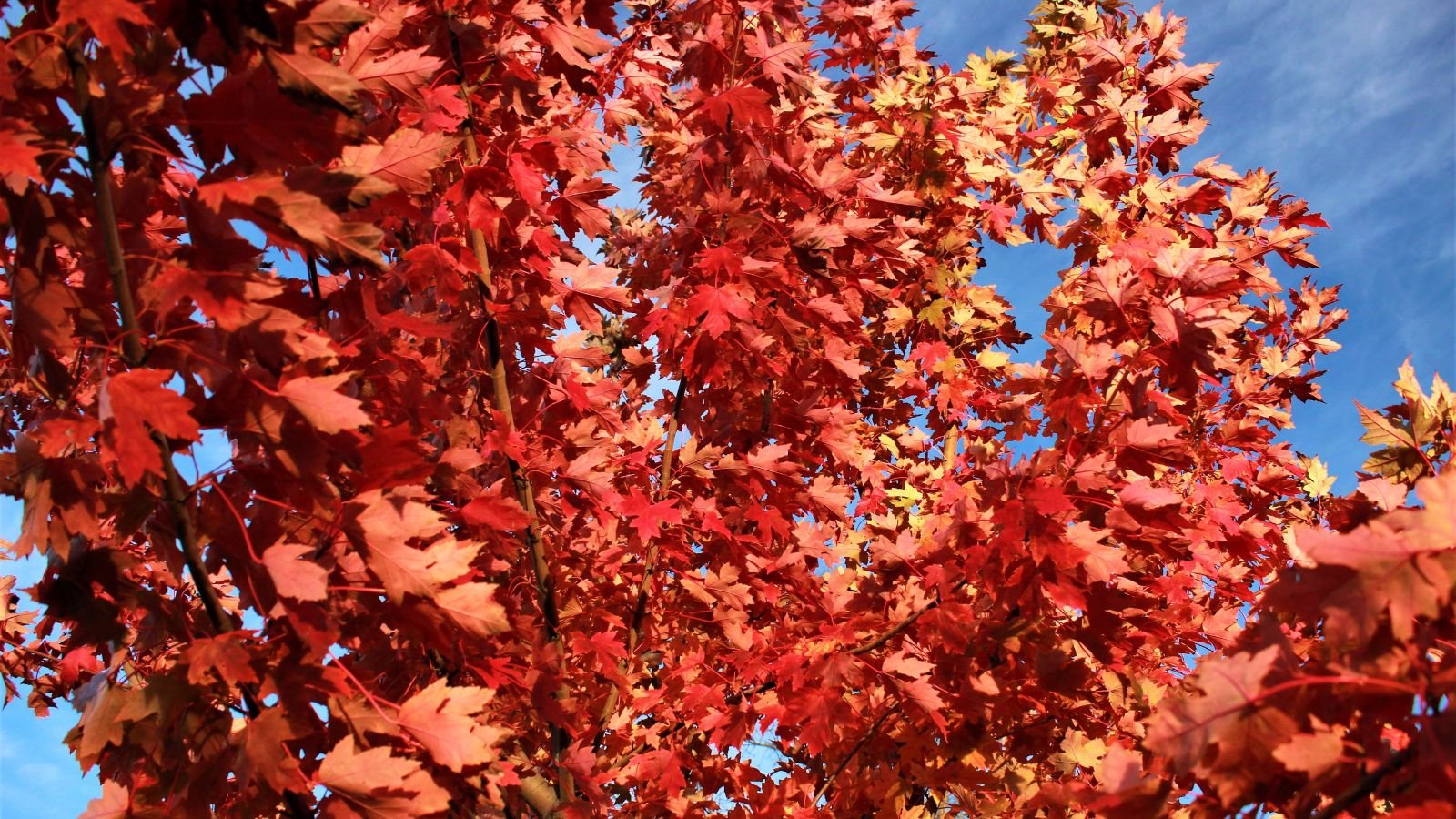
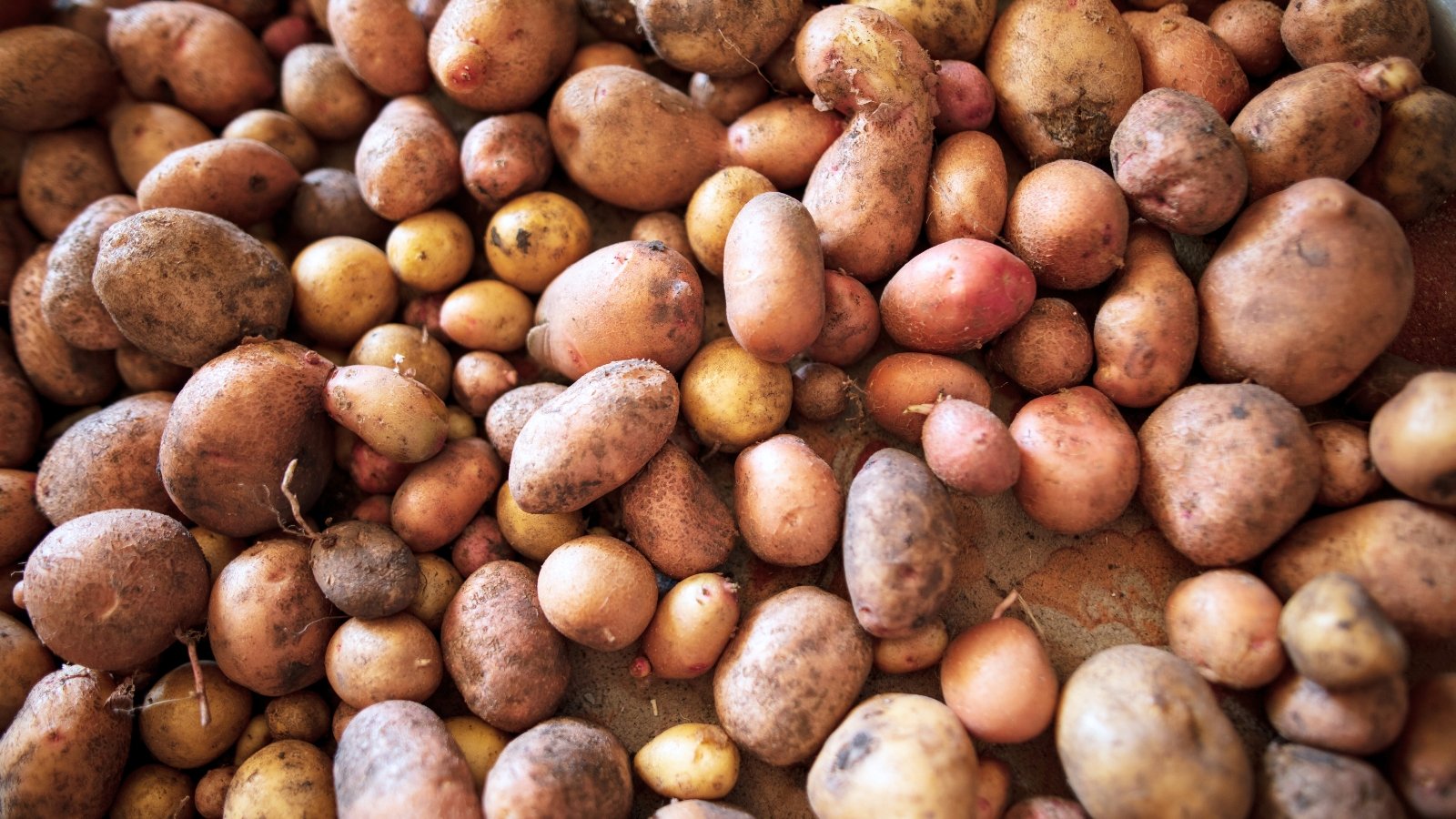
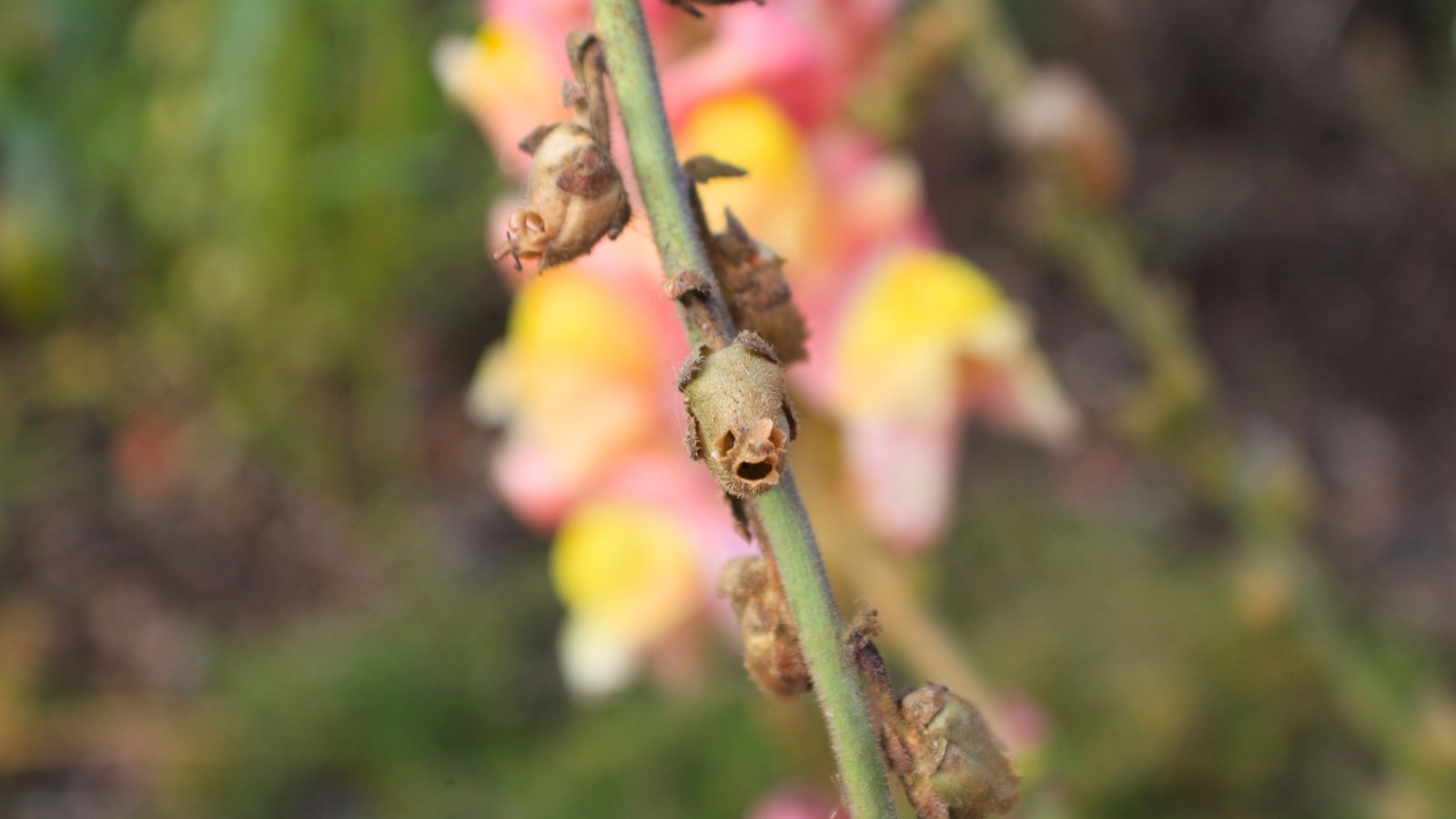
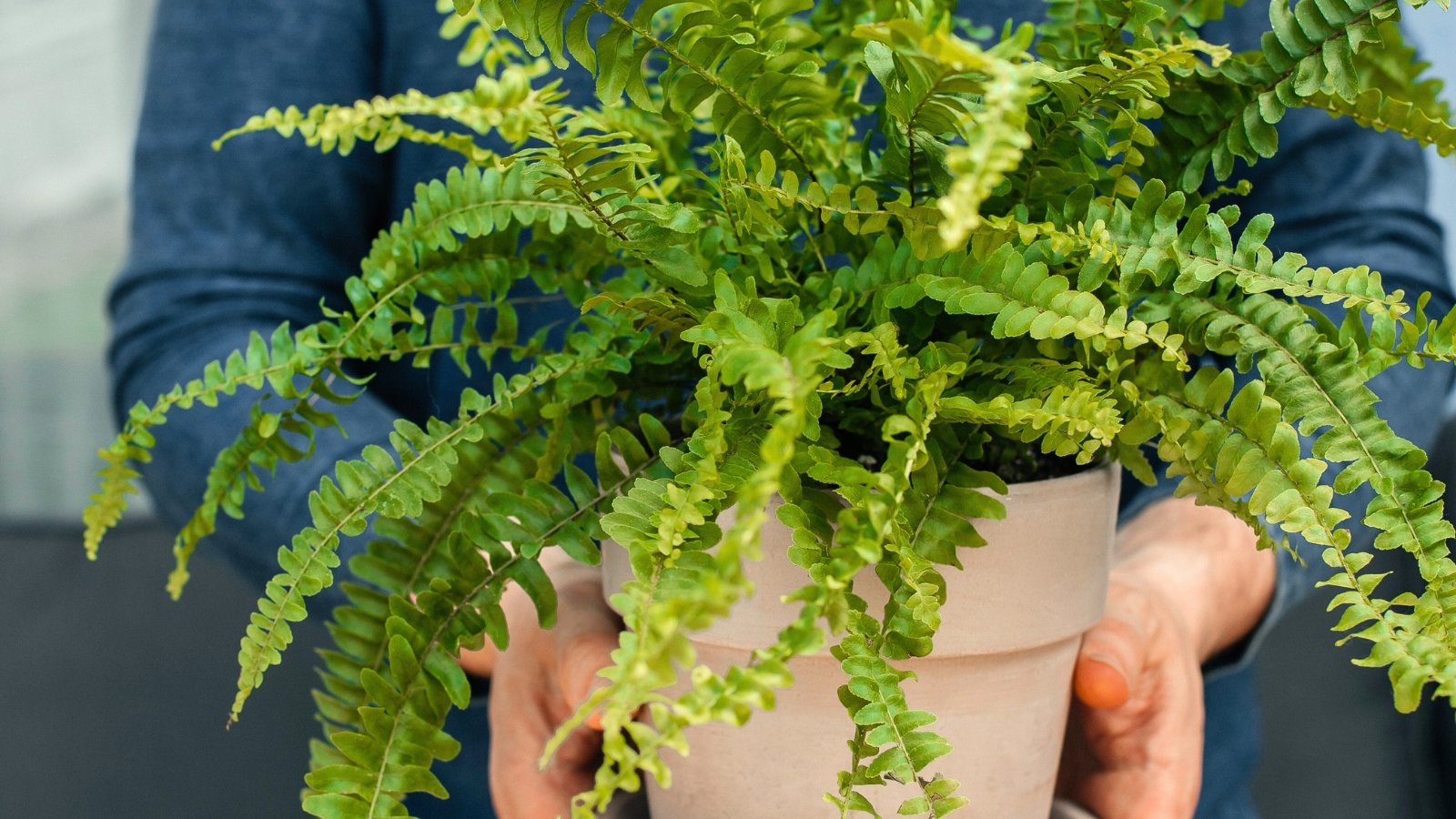
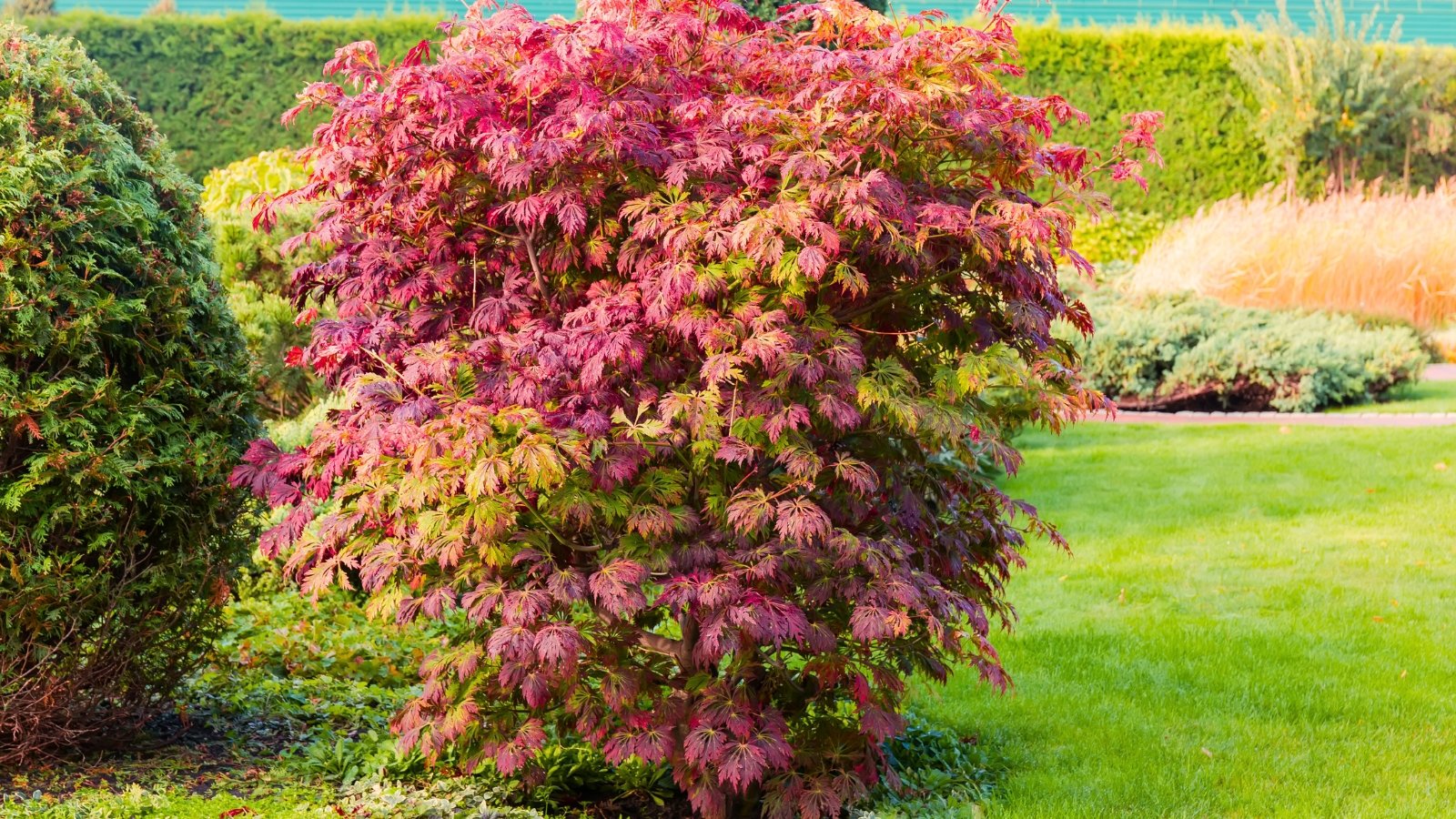














 English (US) ·
English (US) ·  French (CA) ·
French (CA) ·